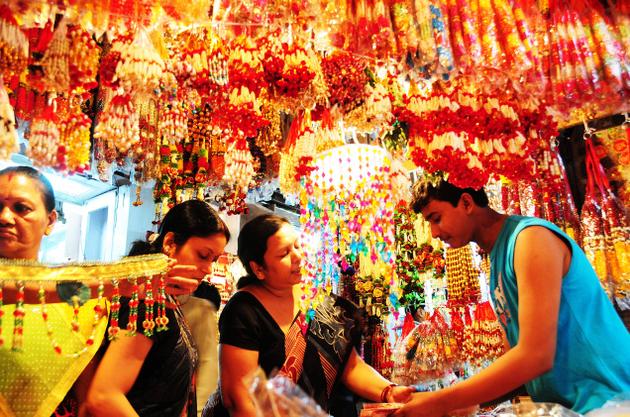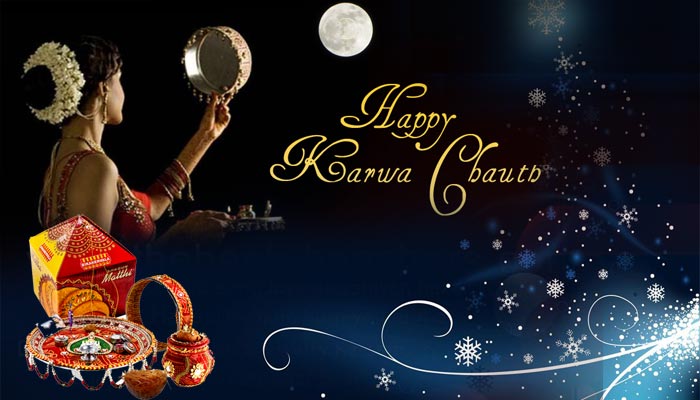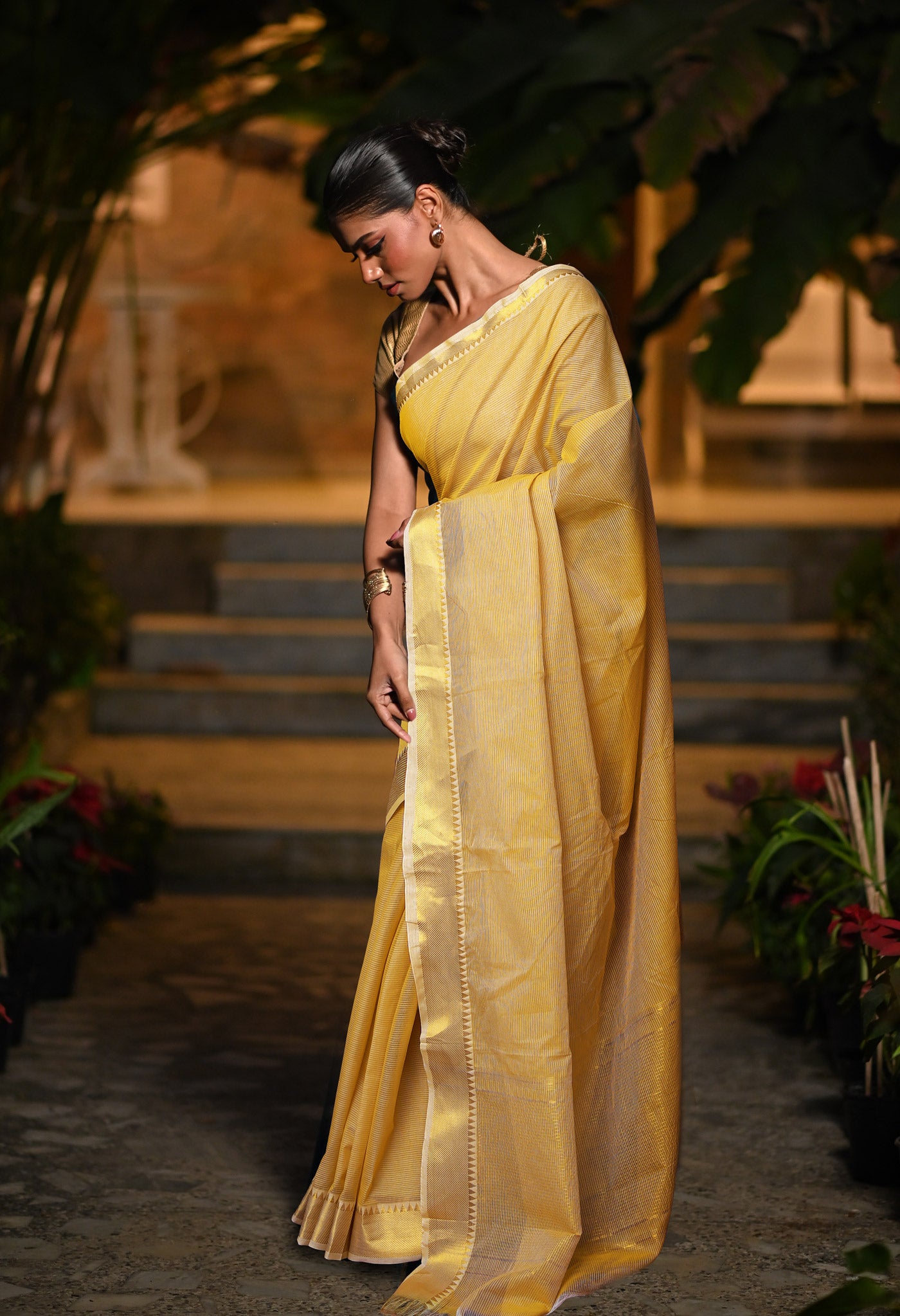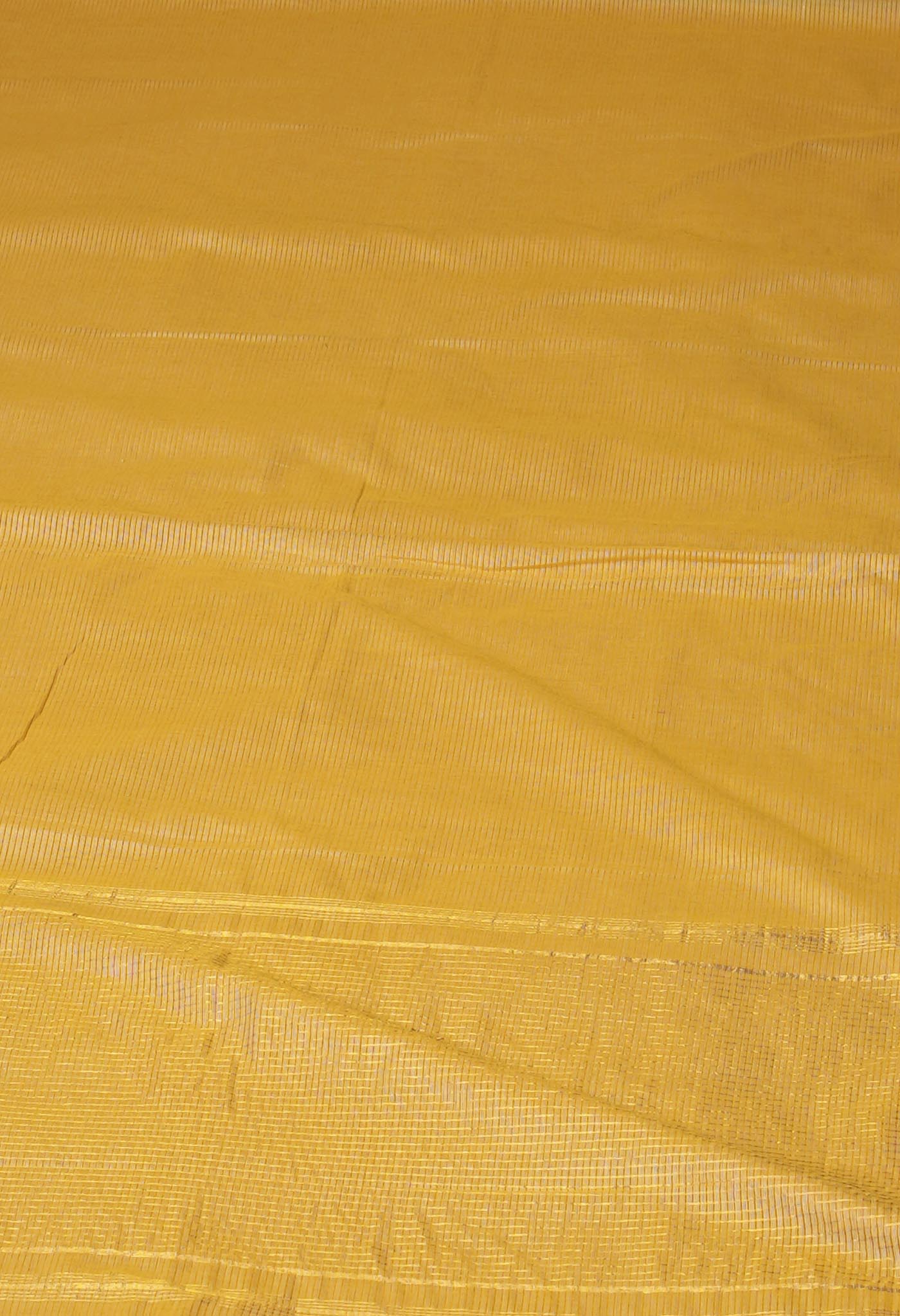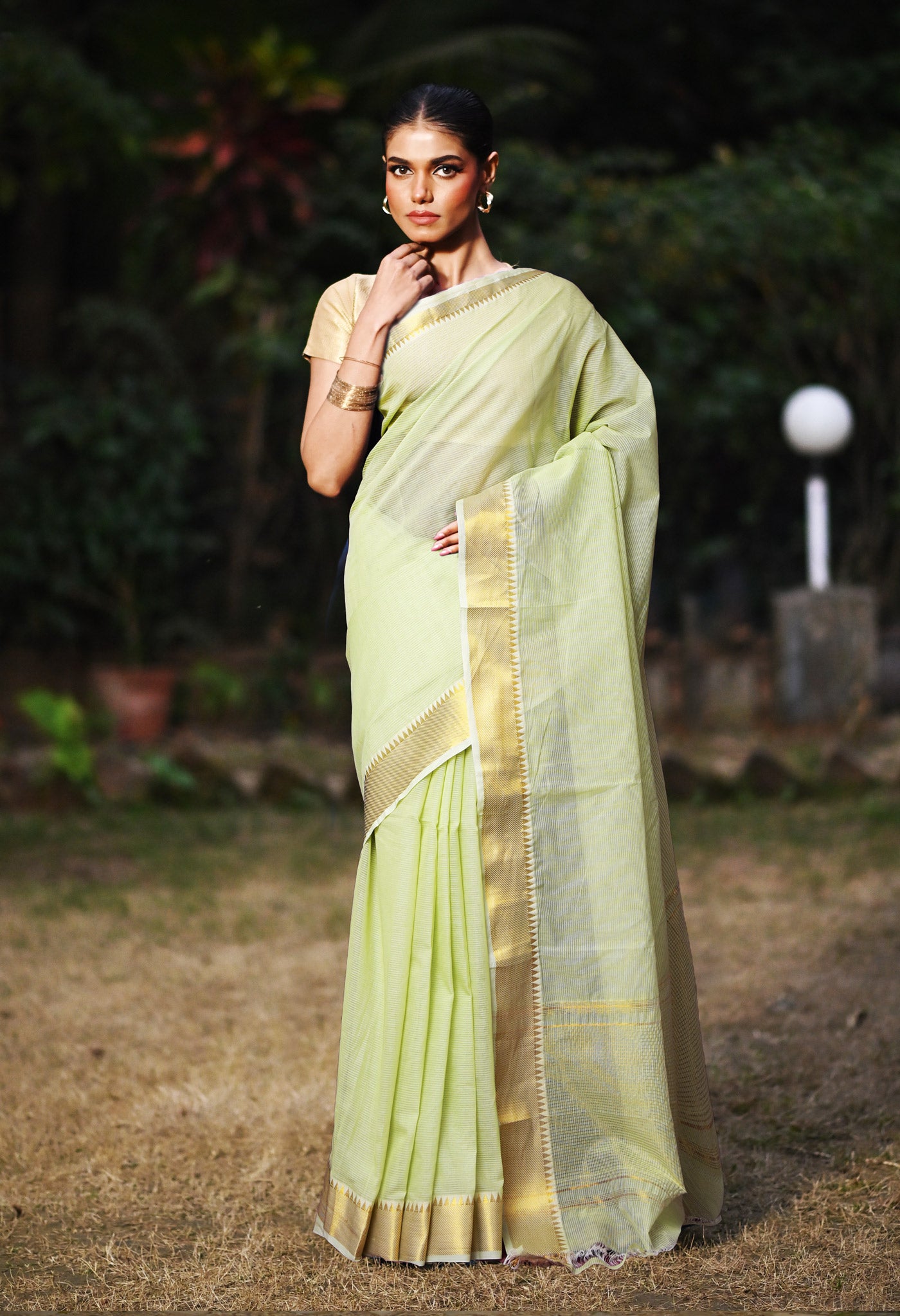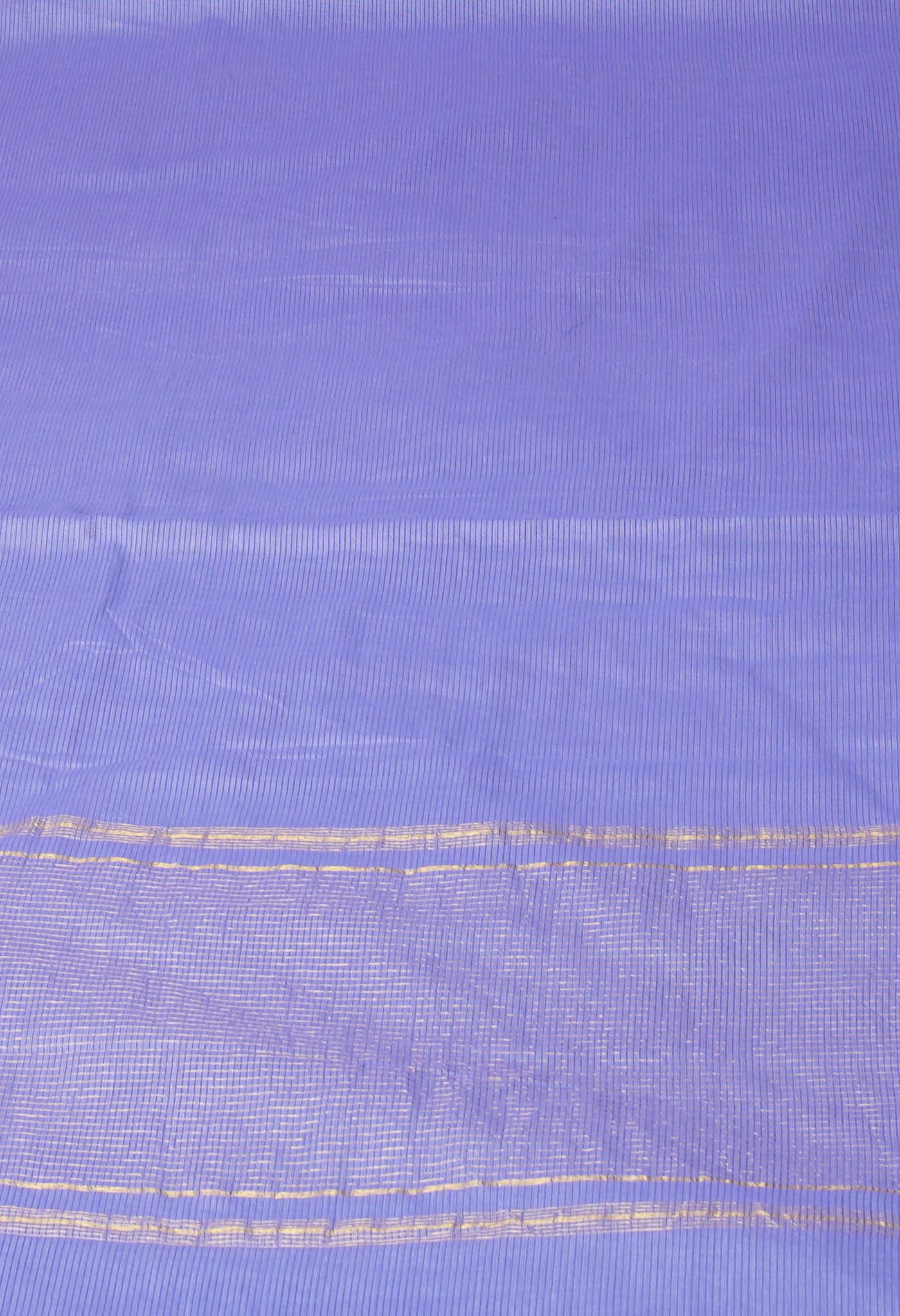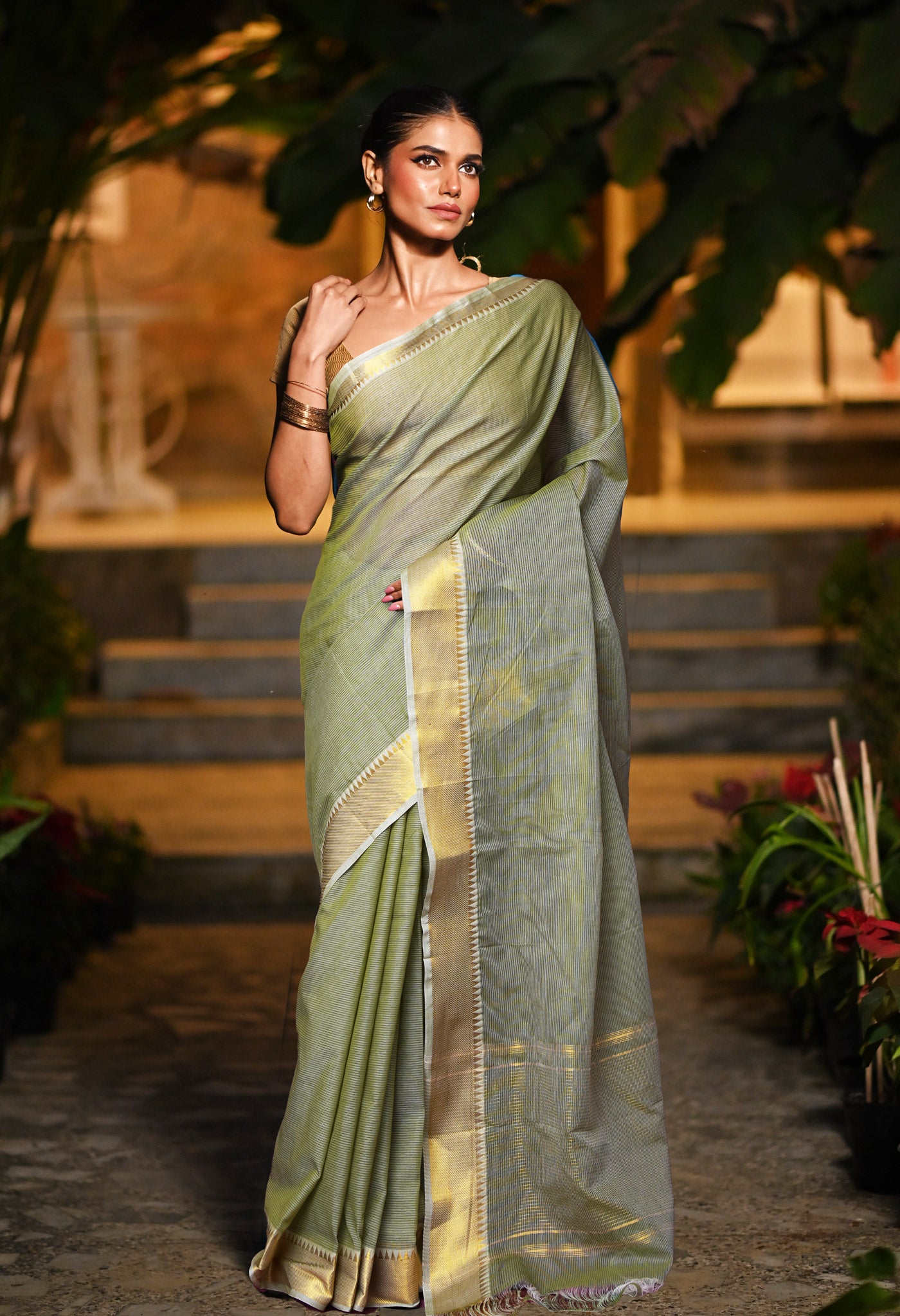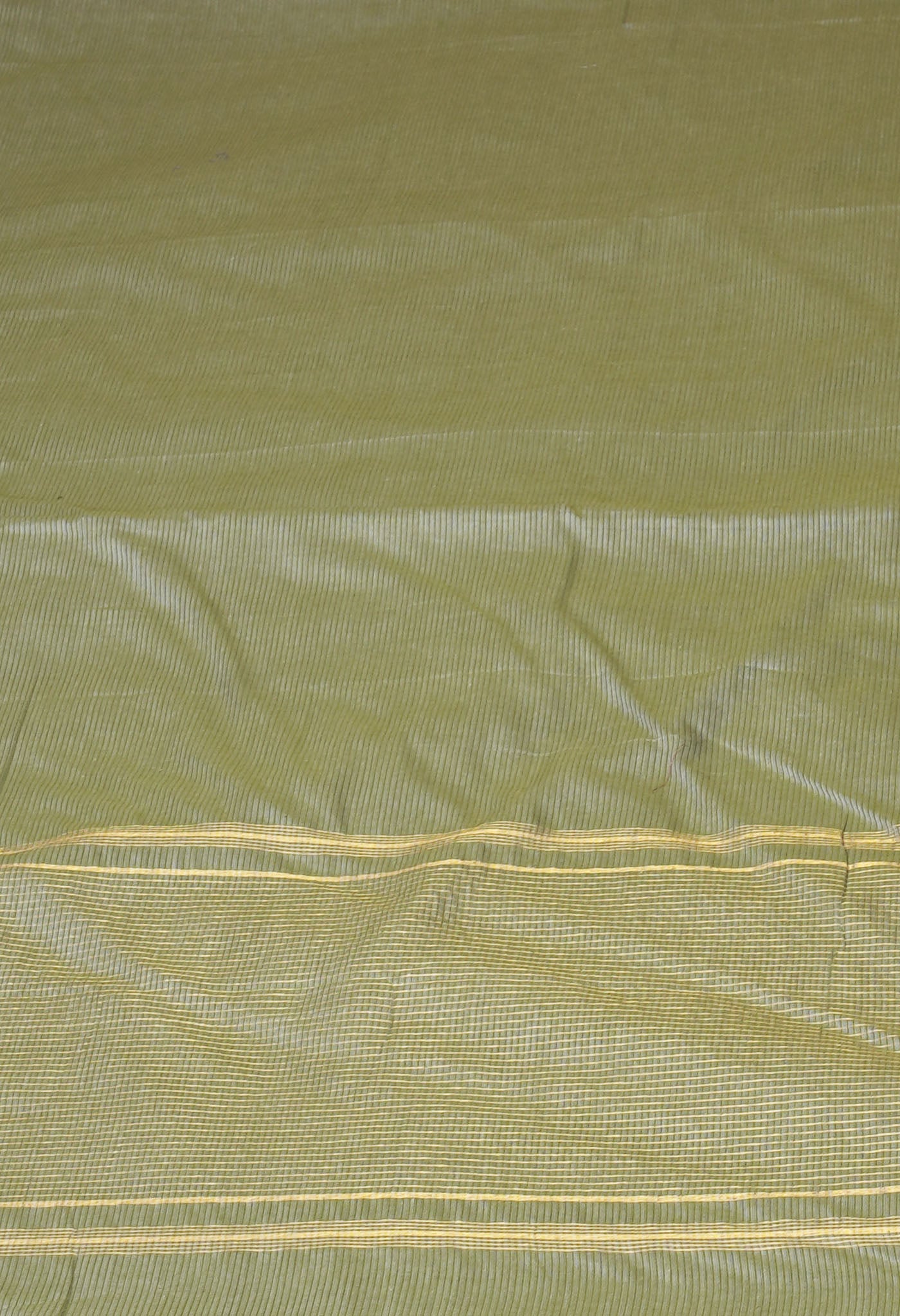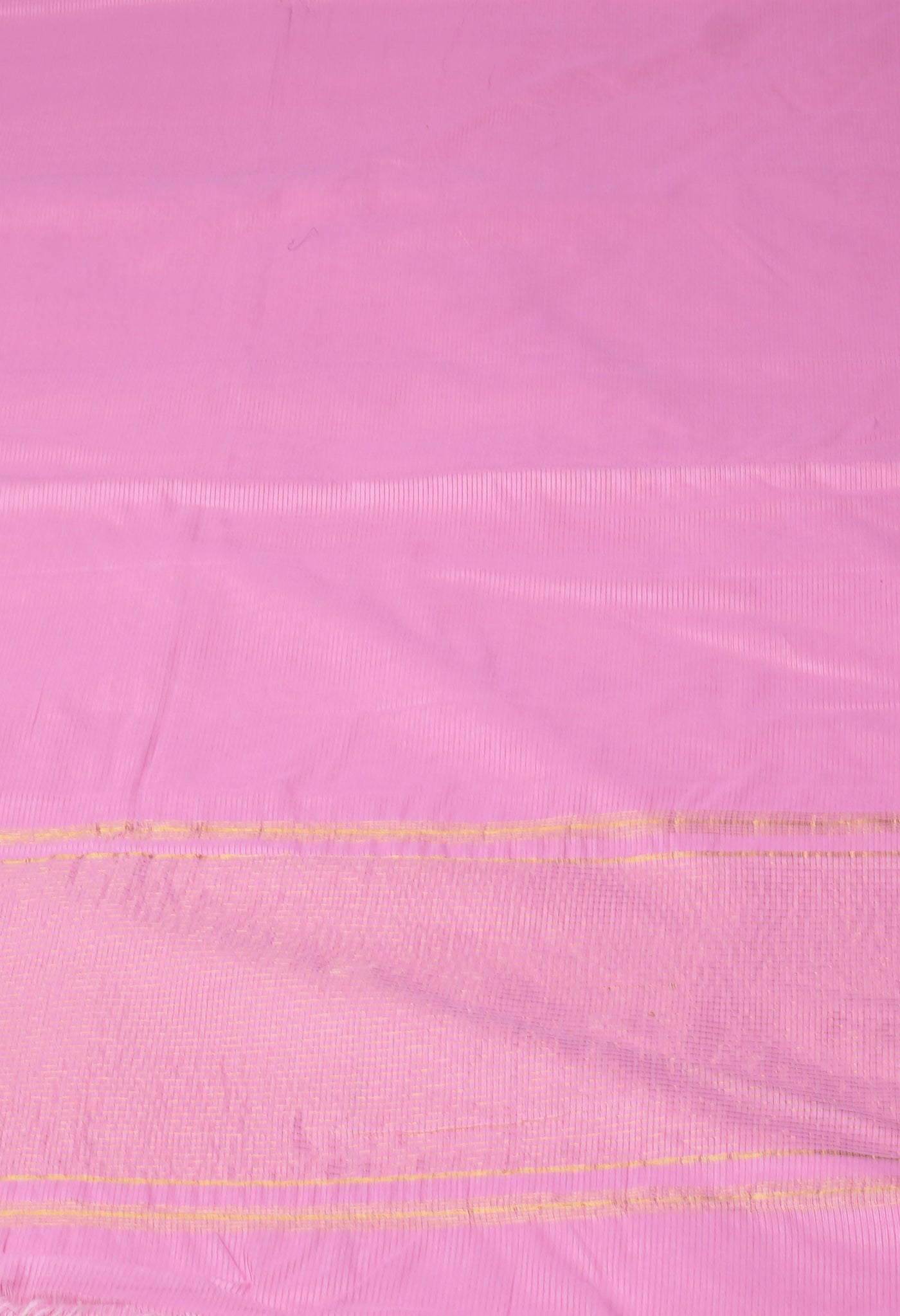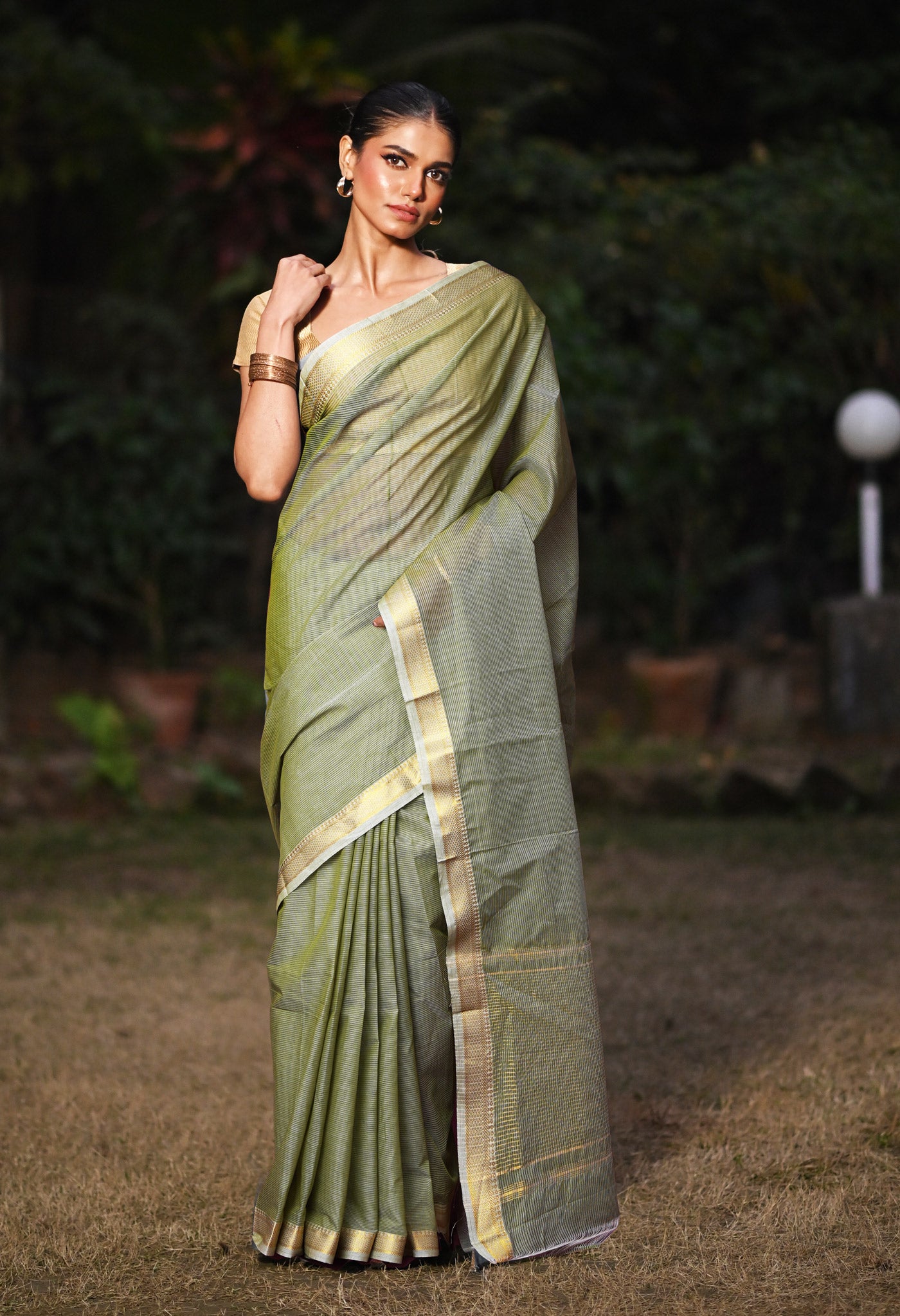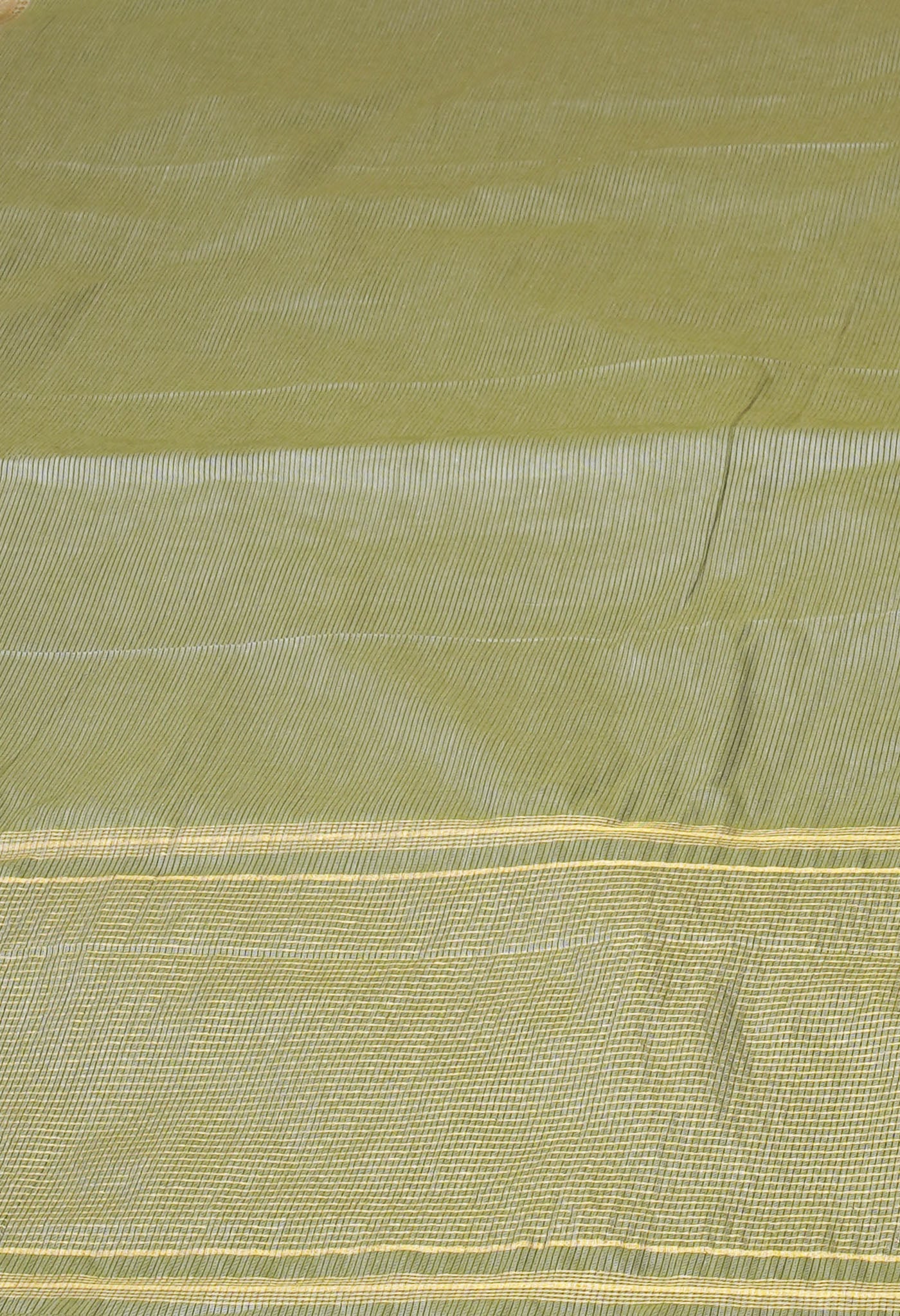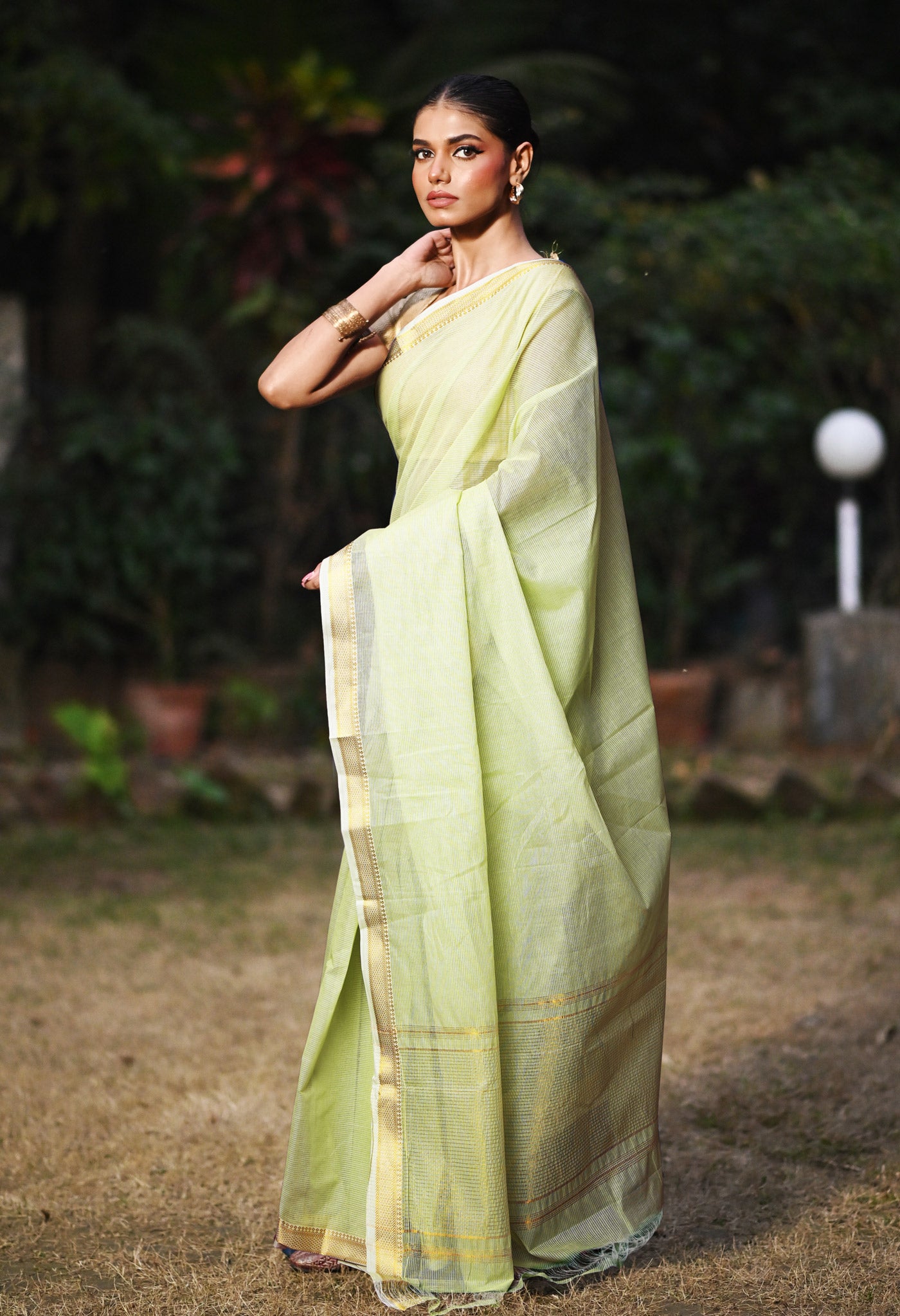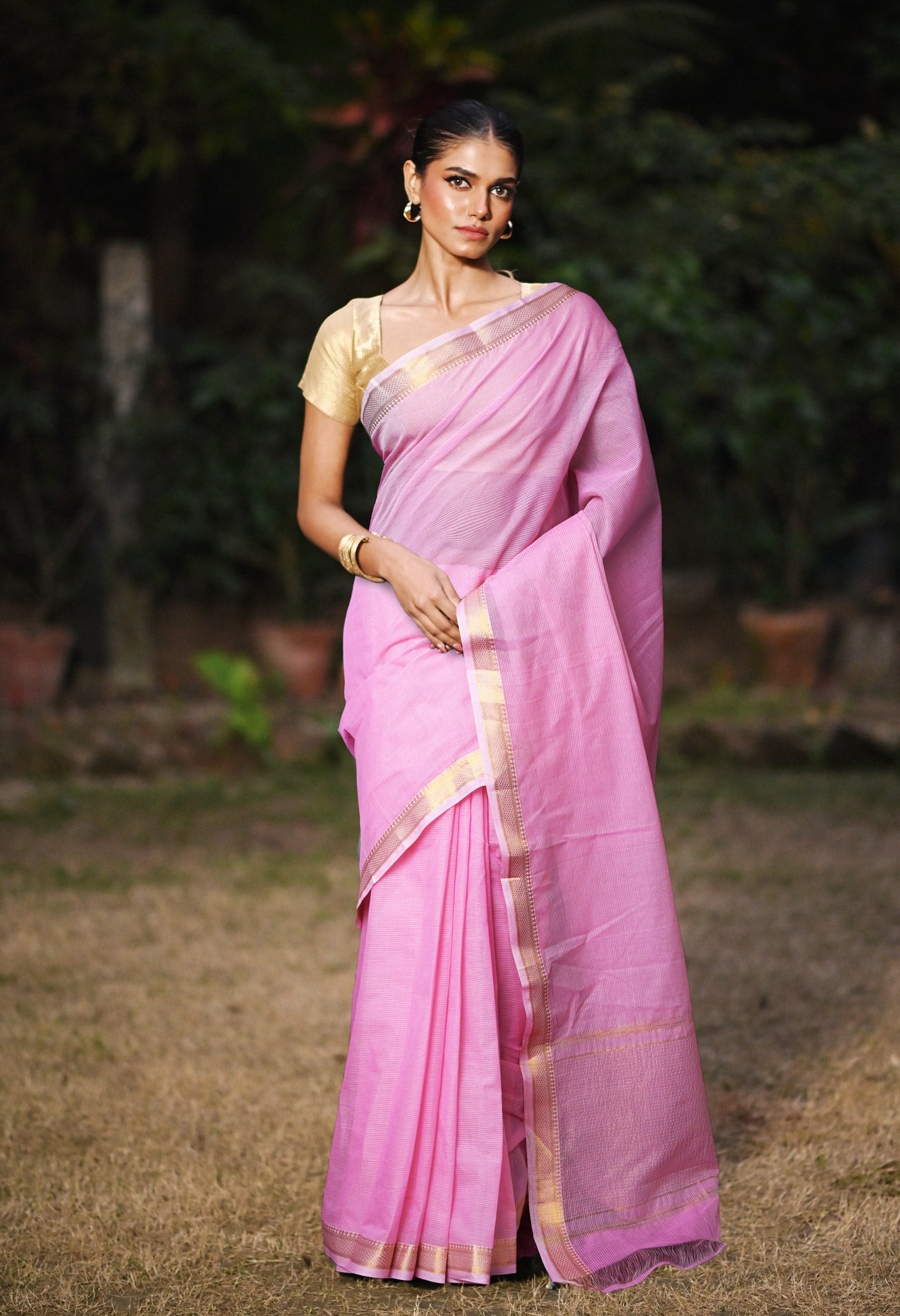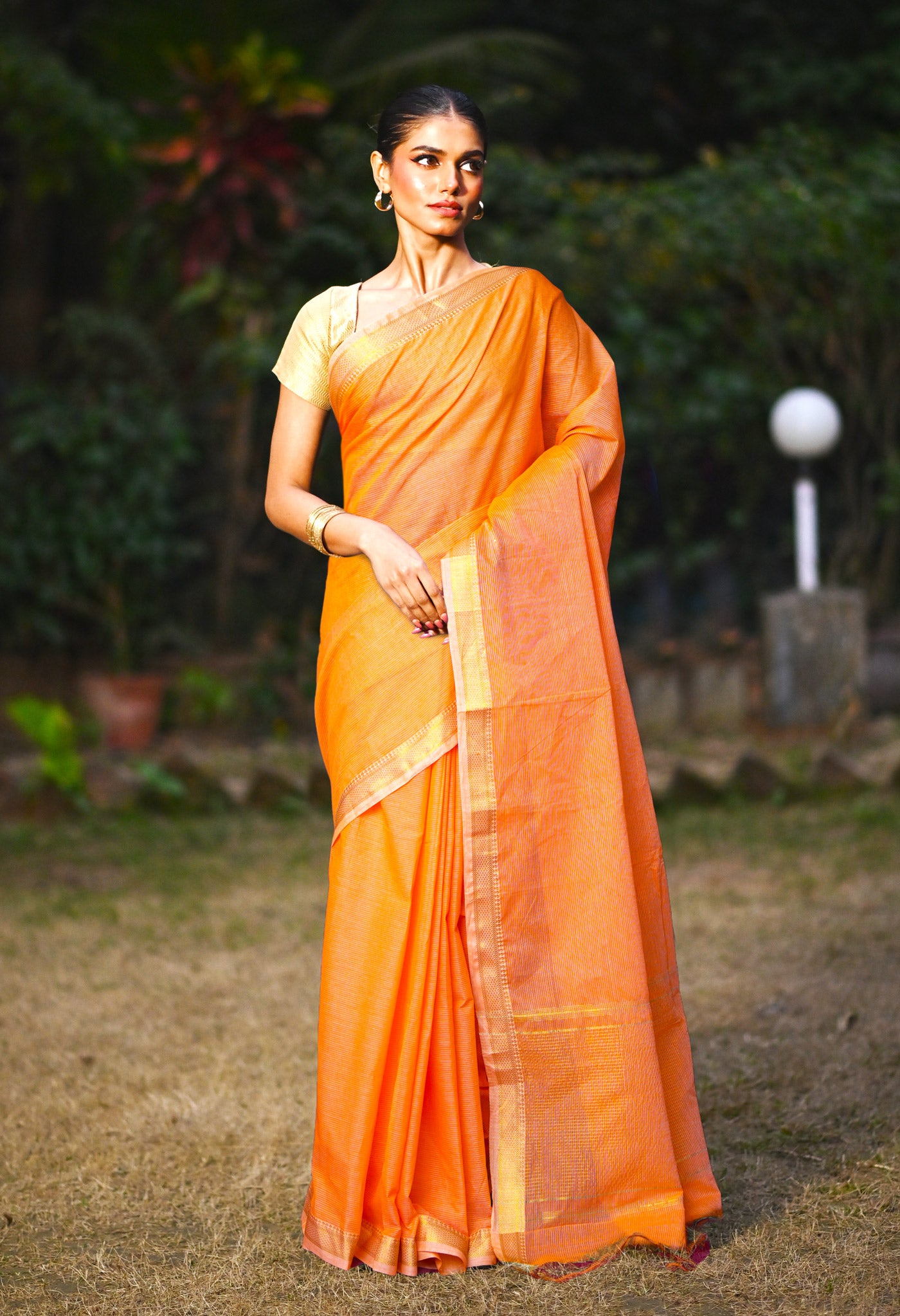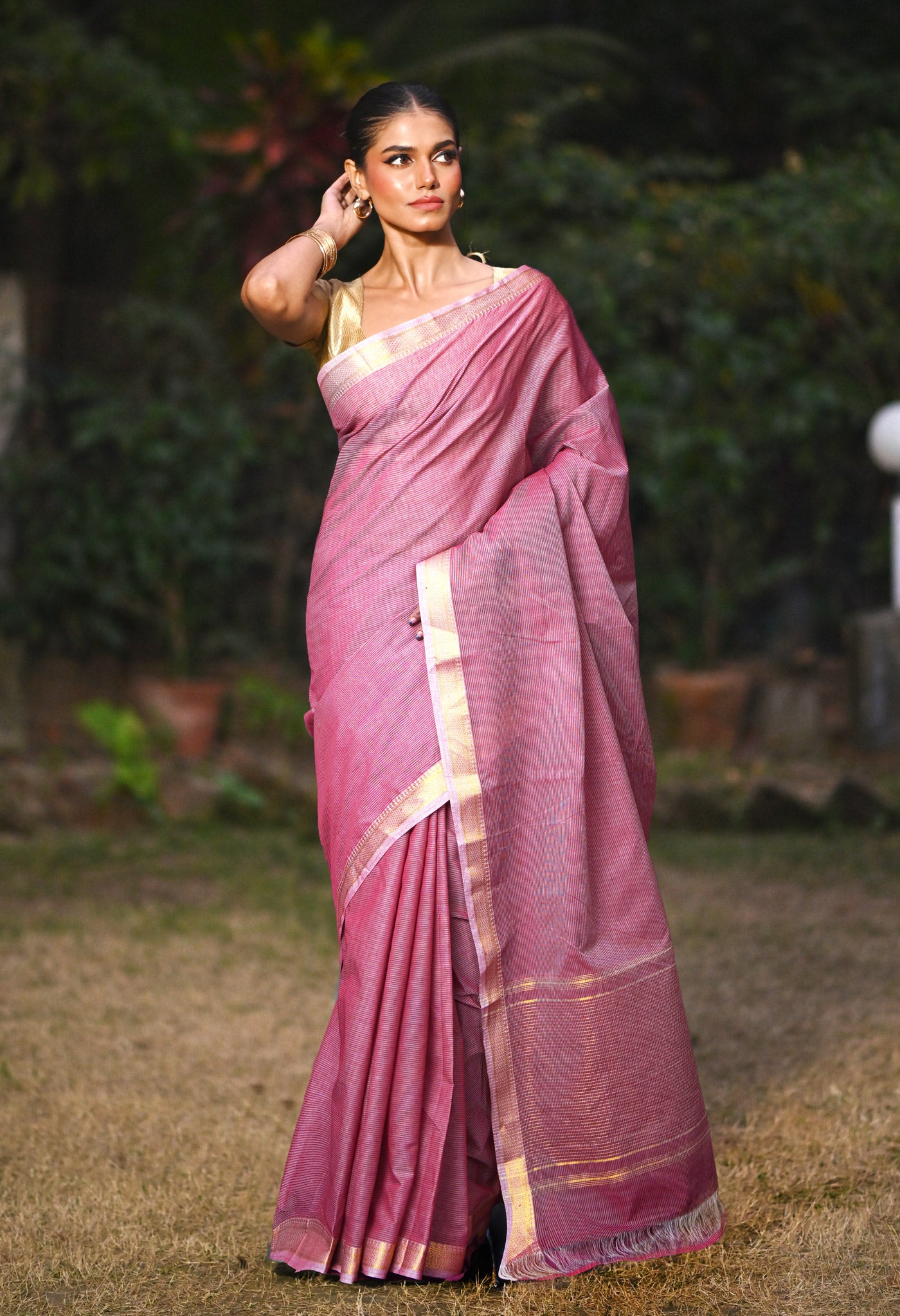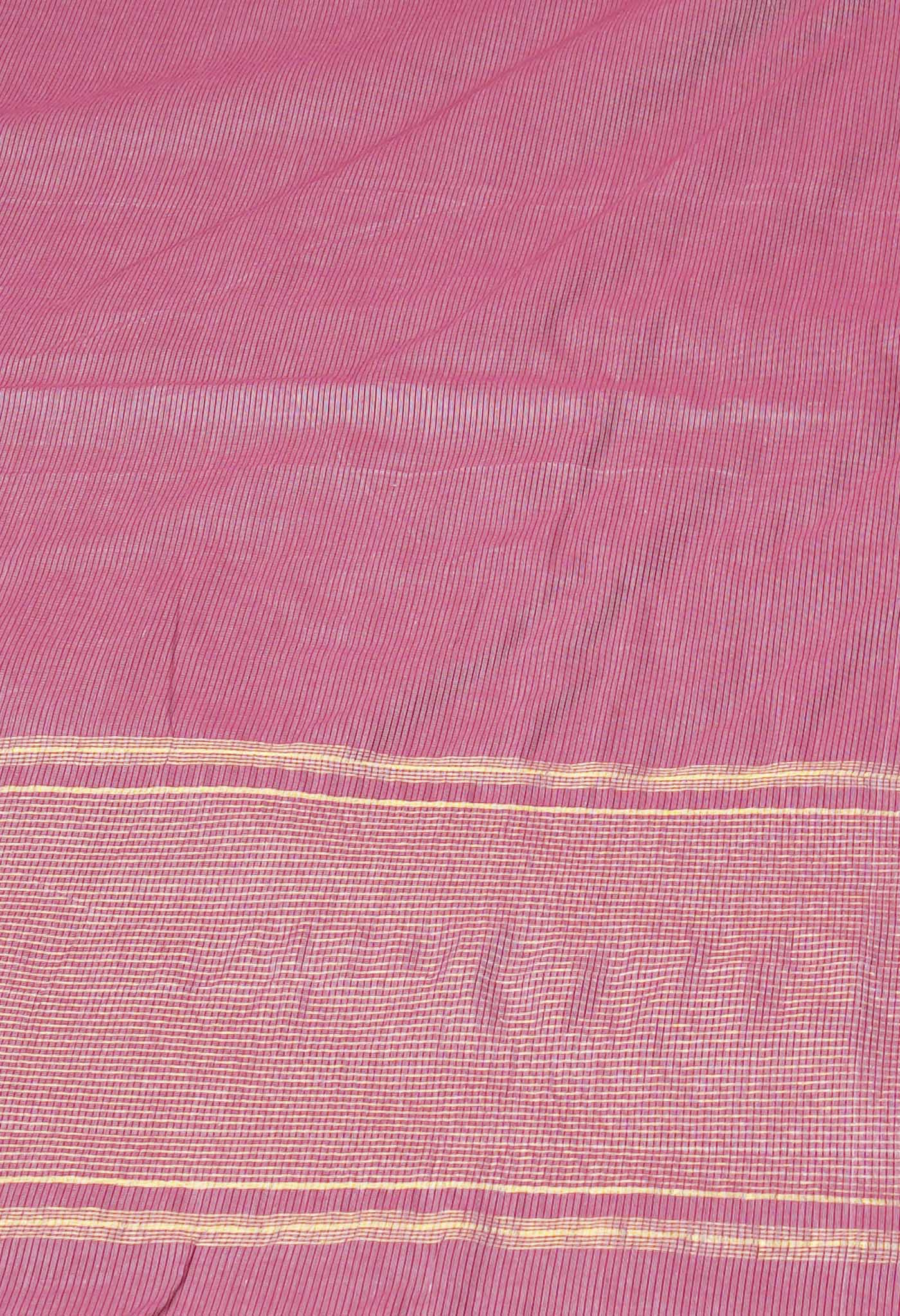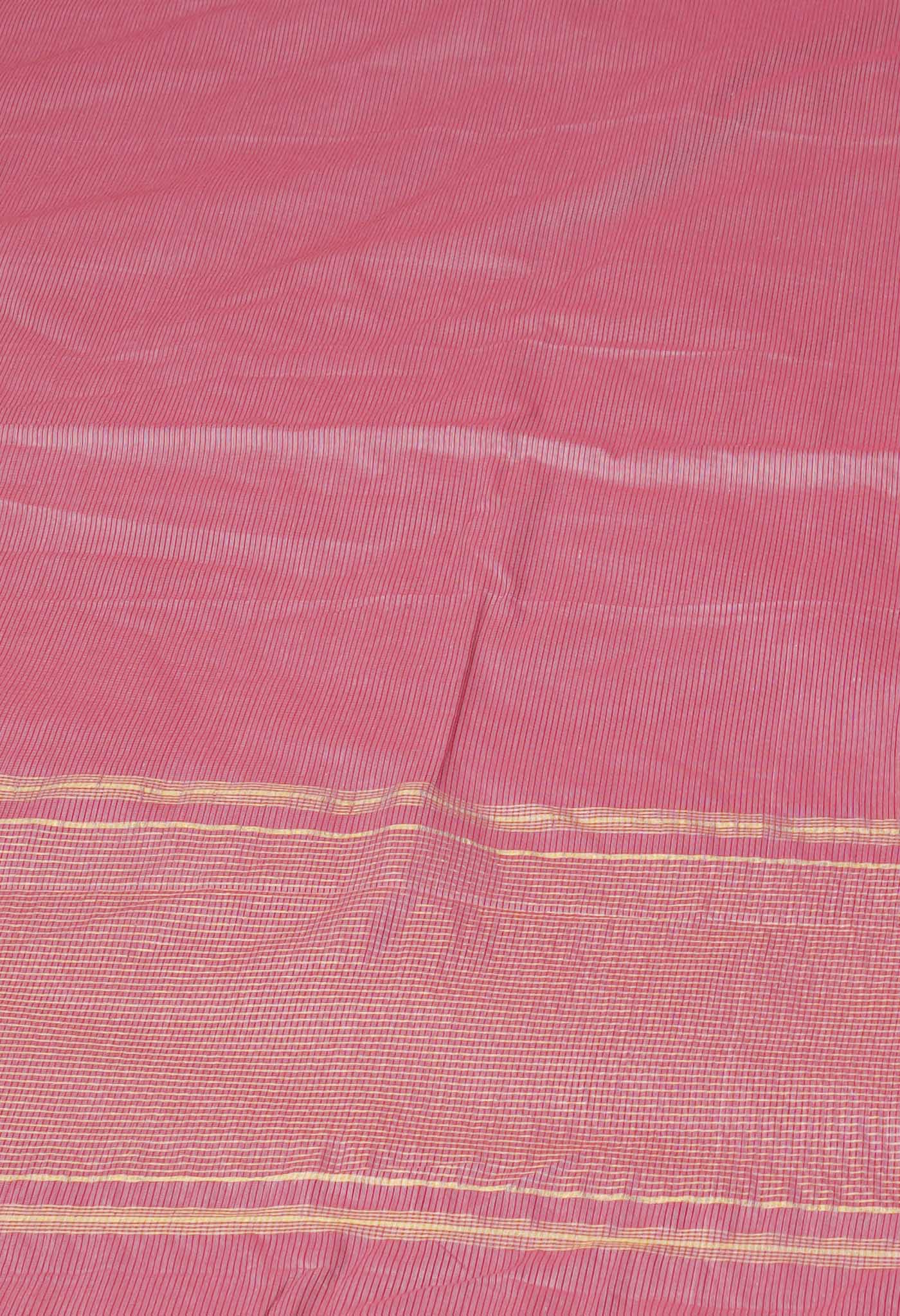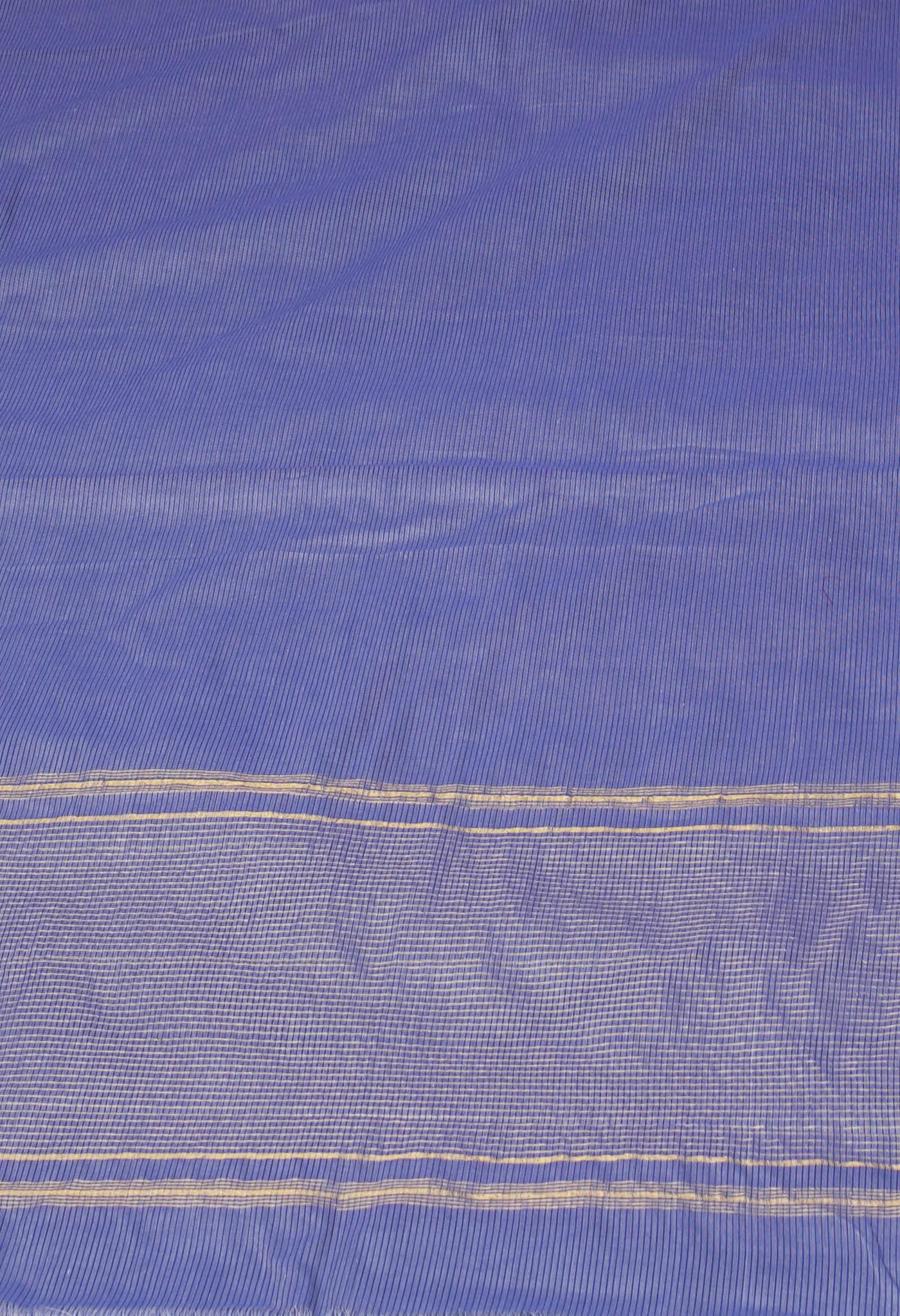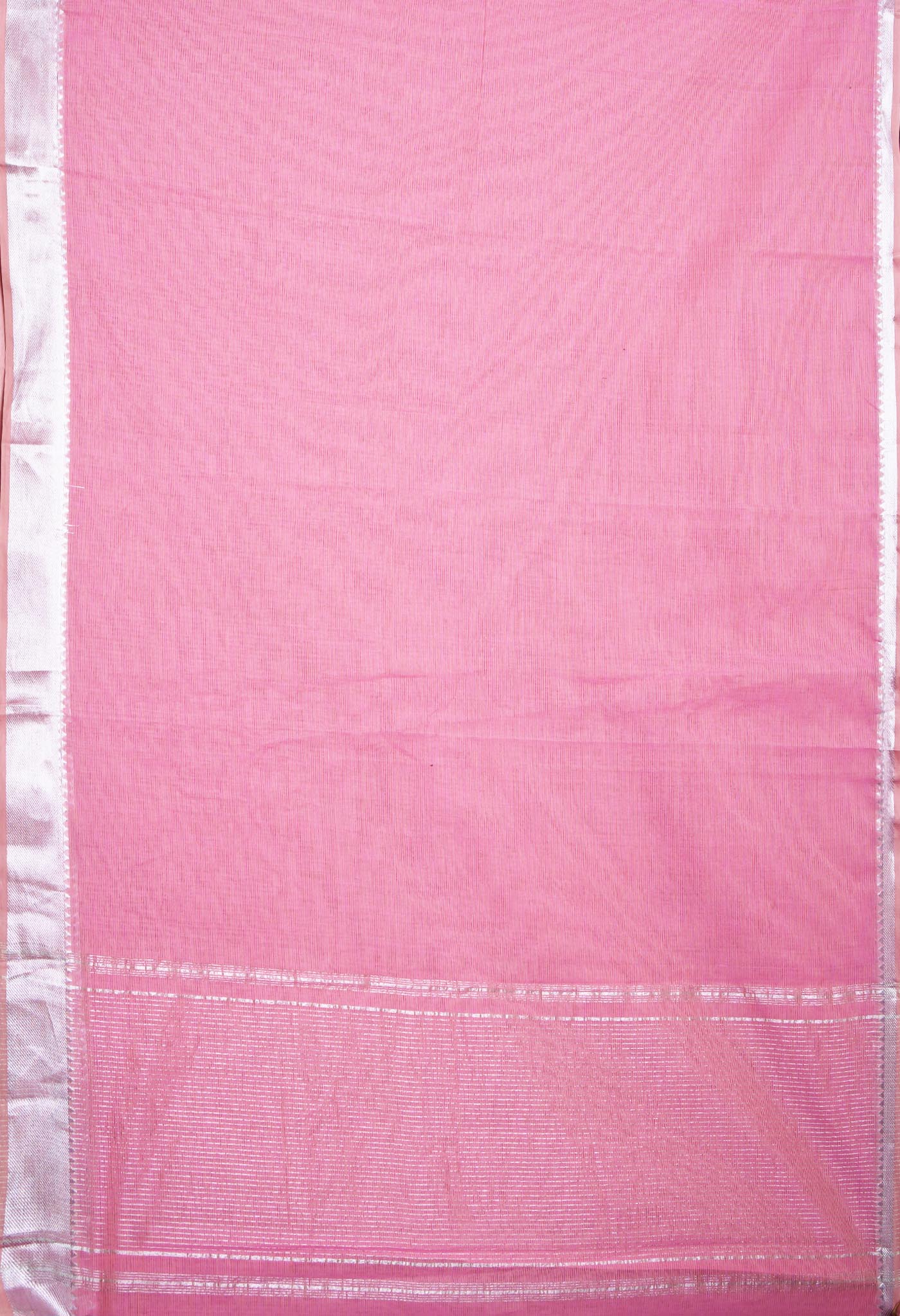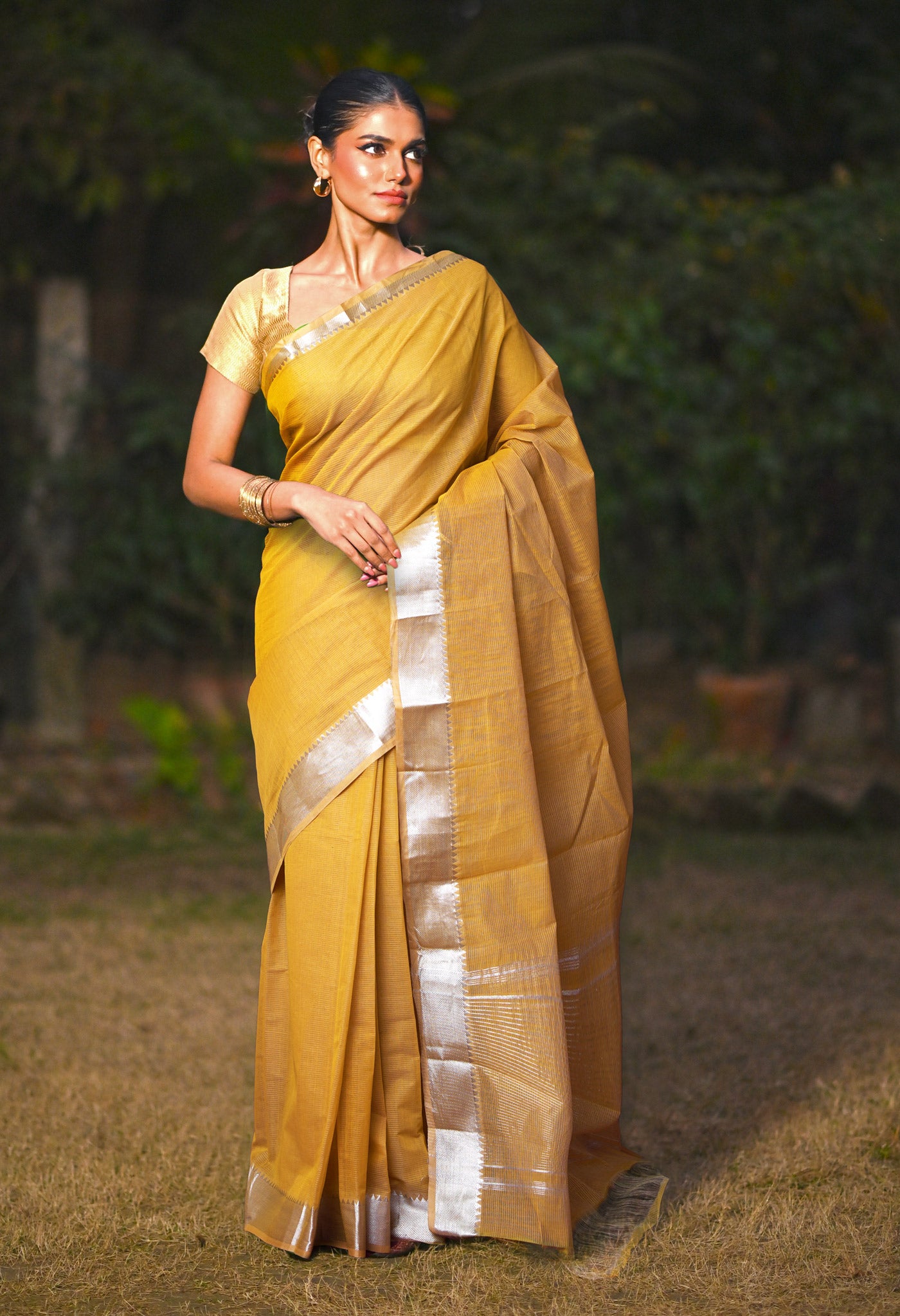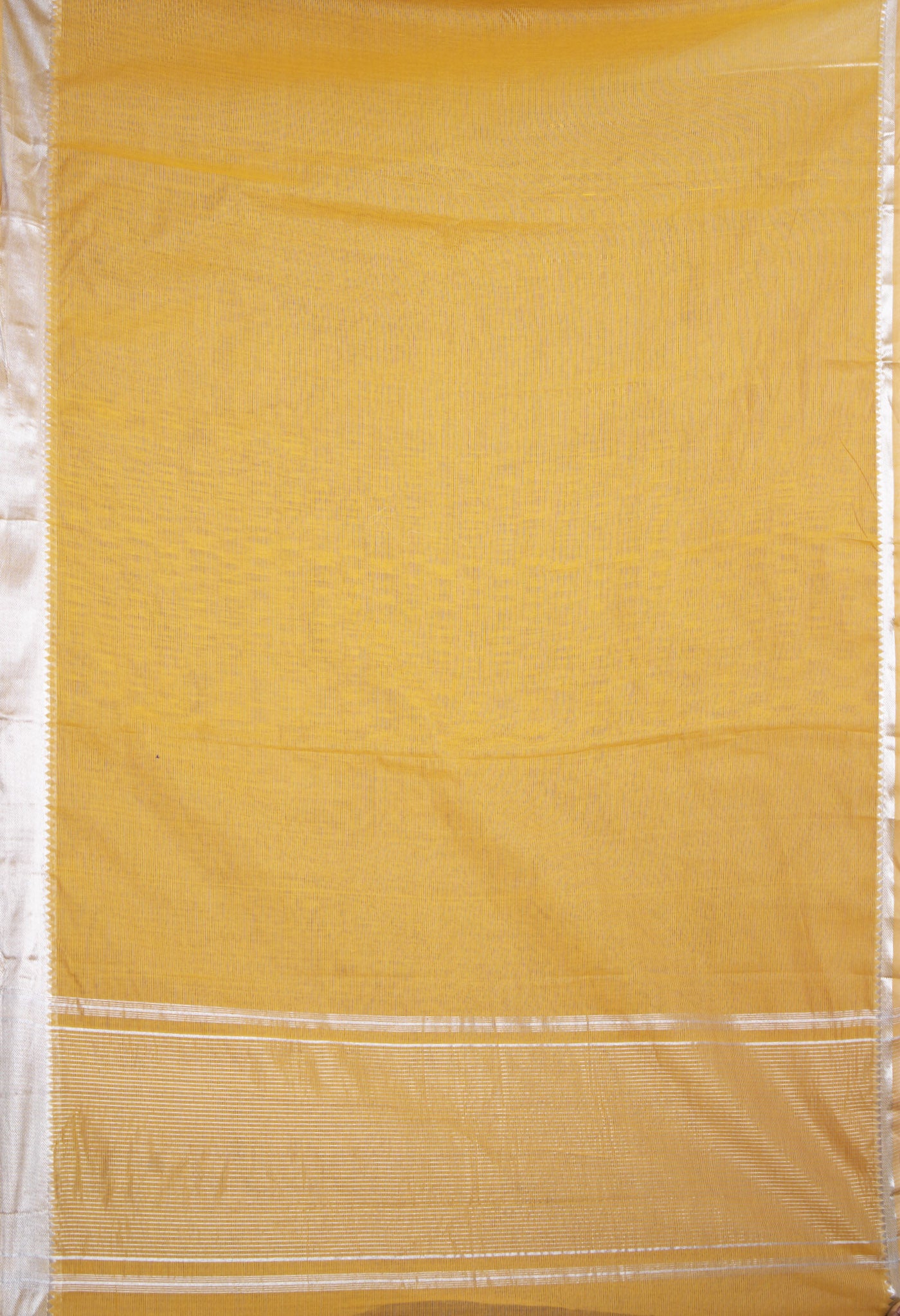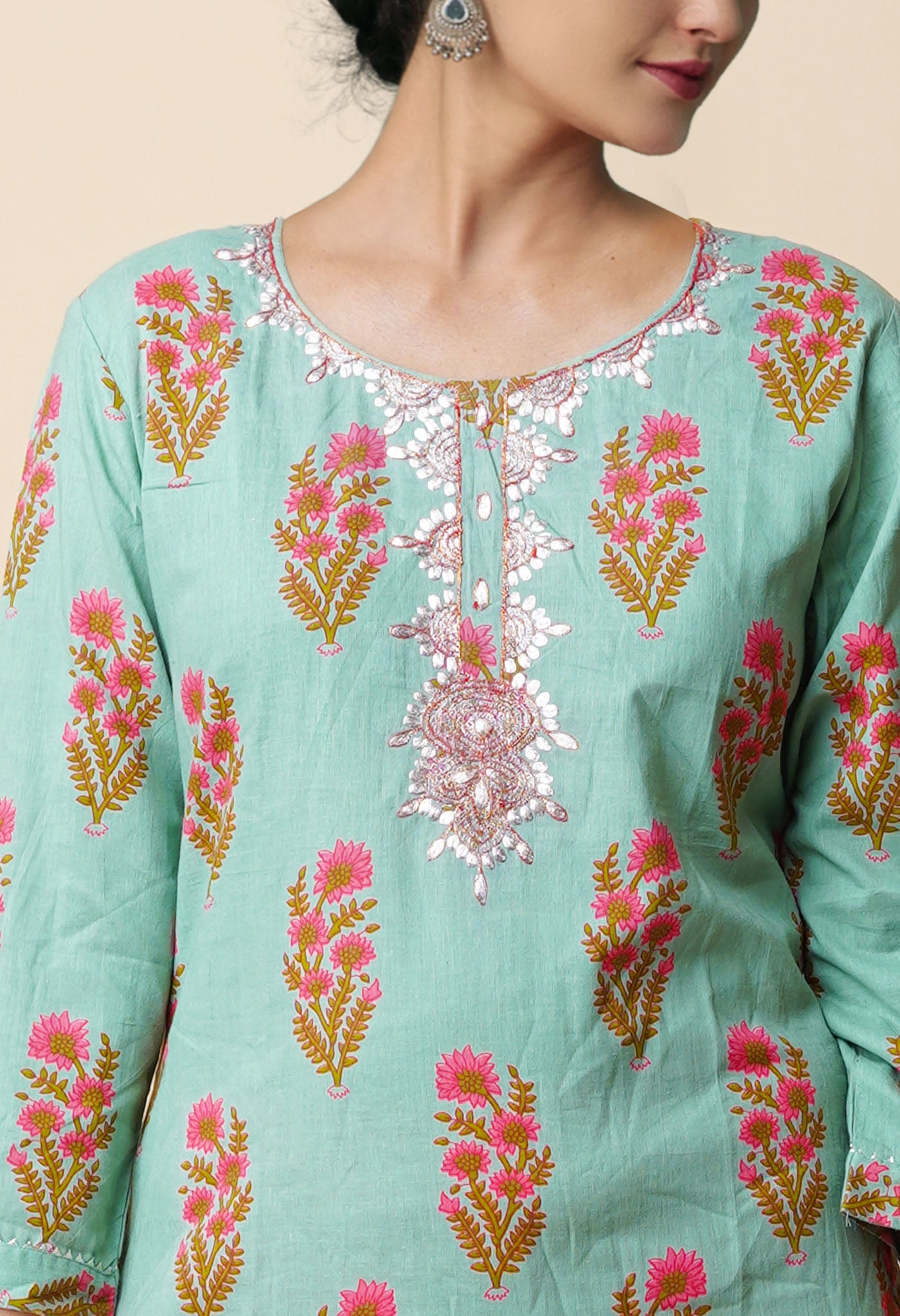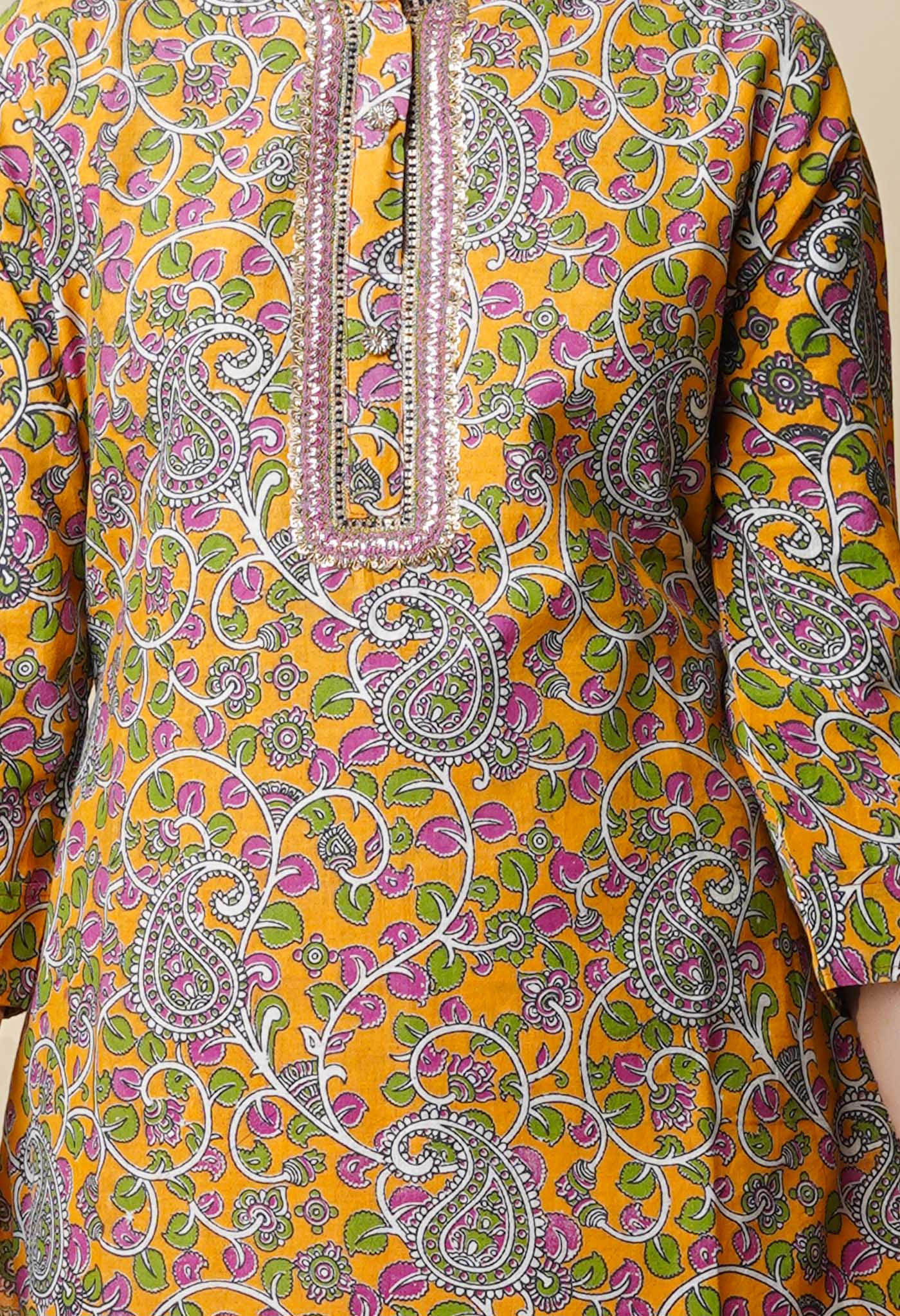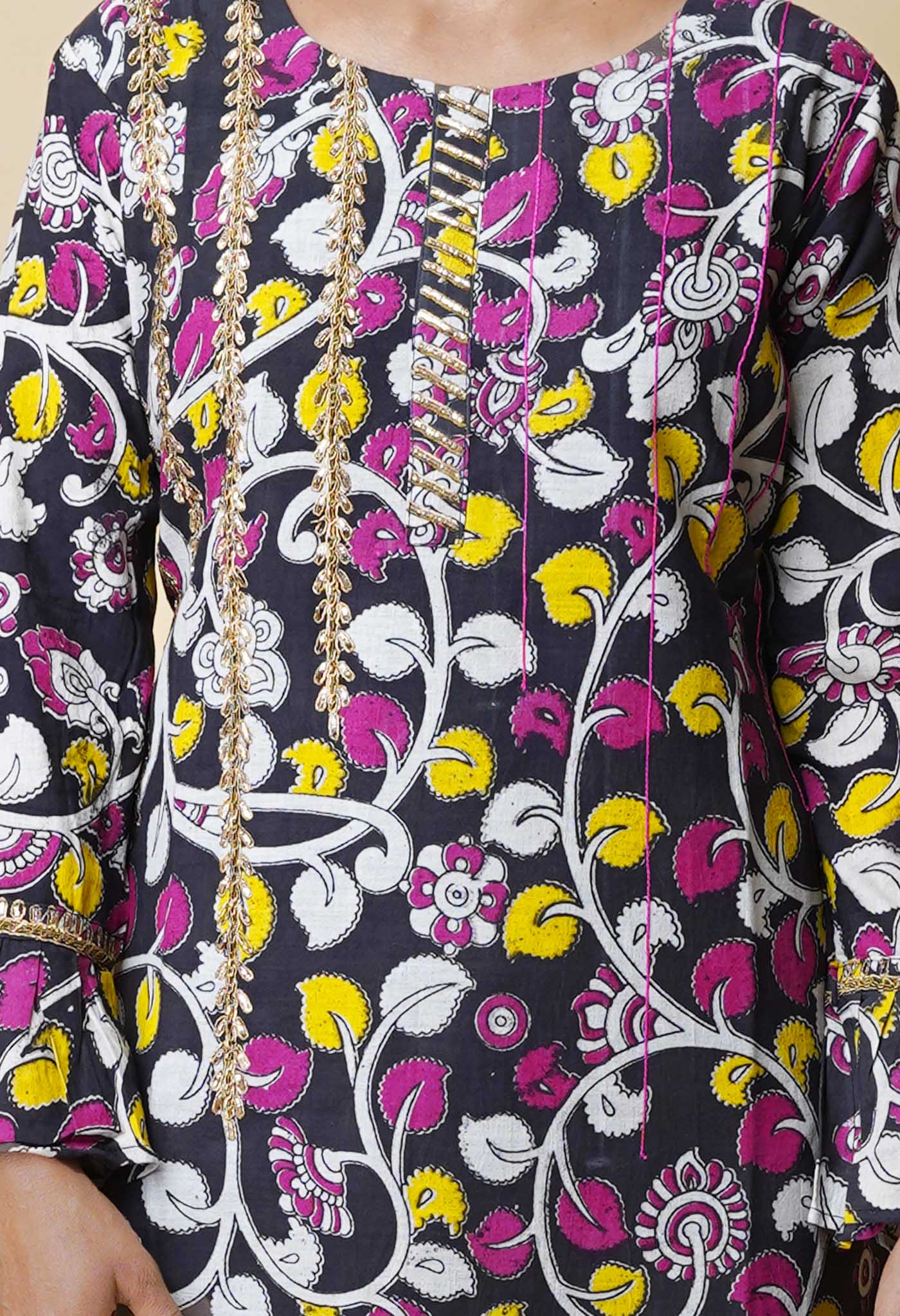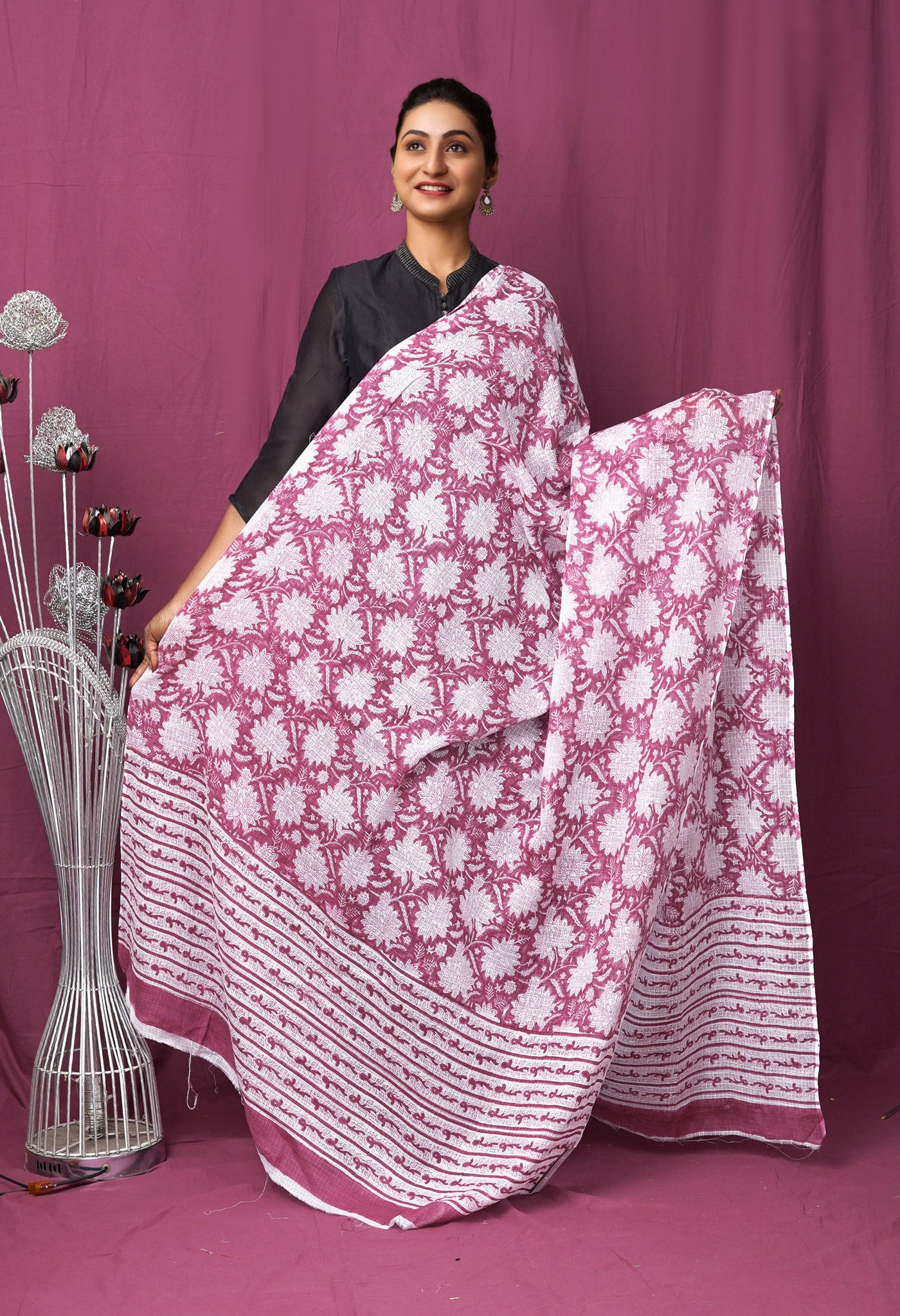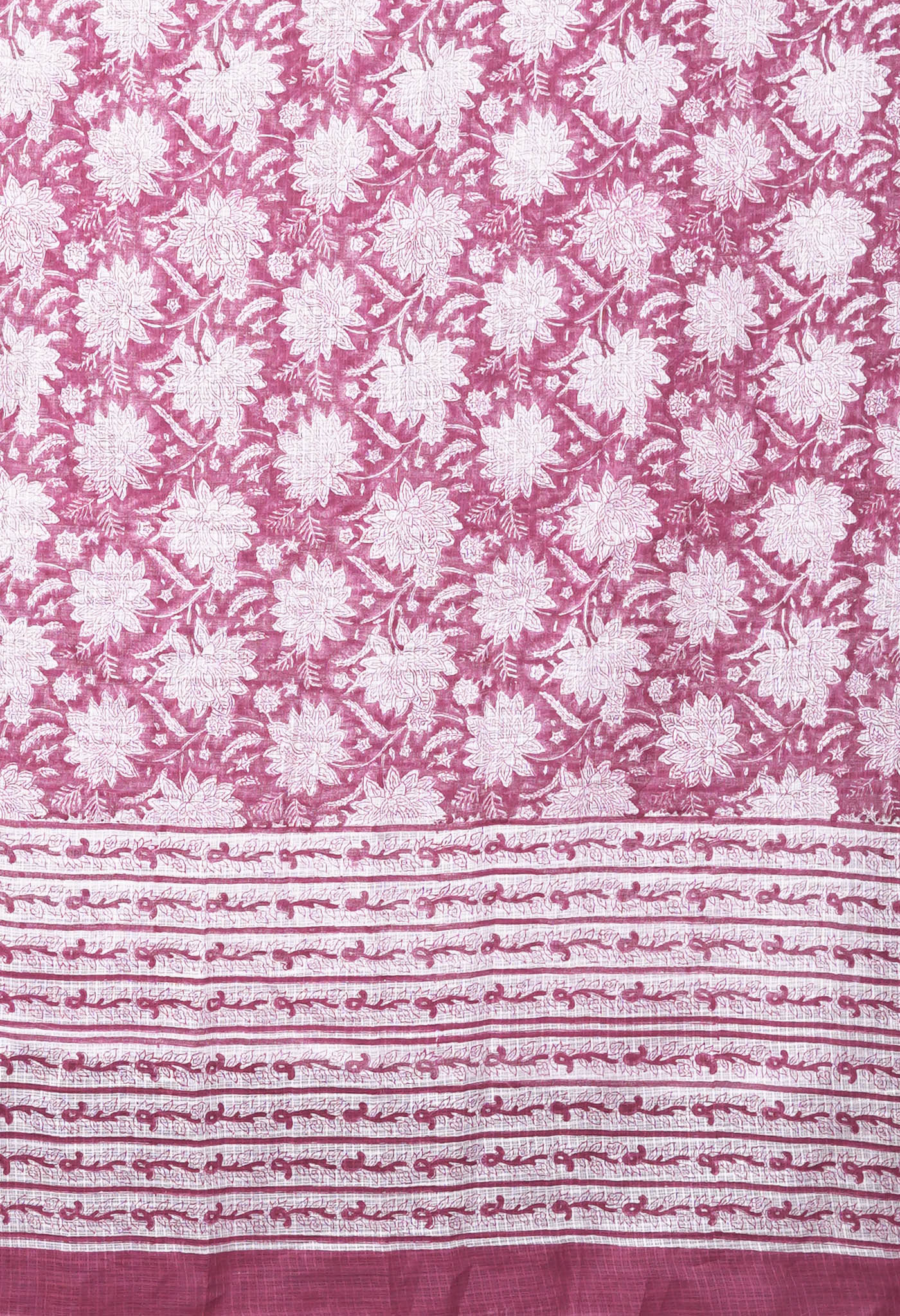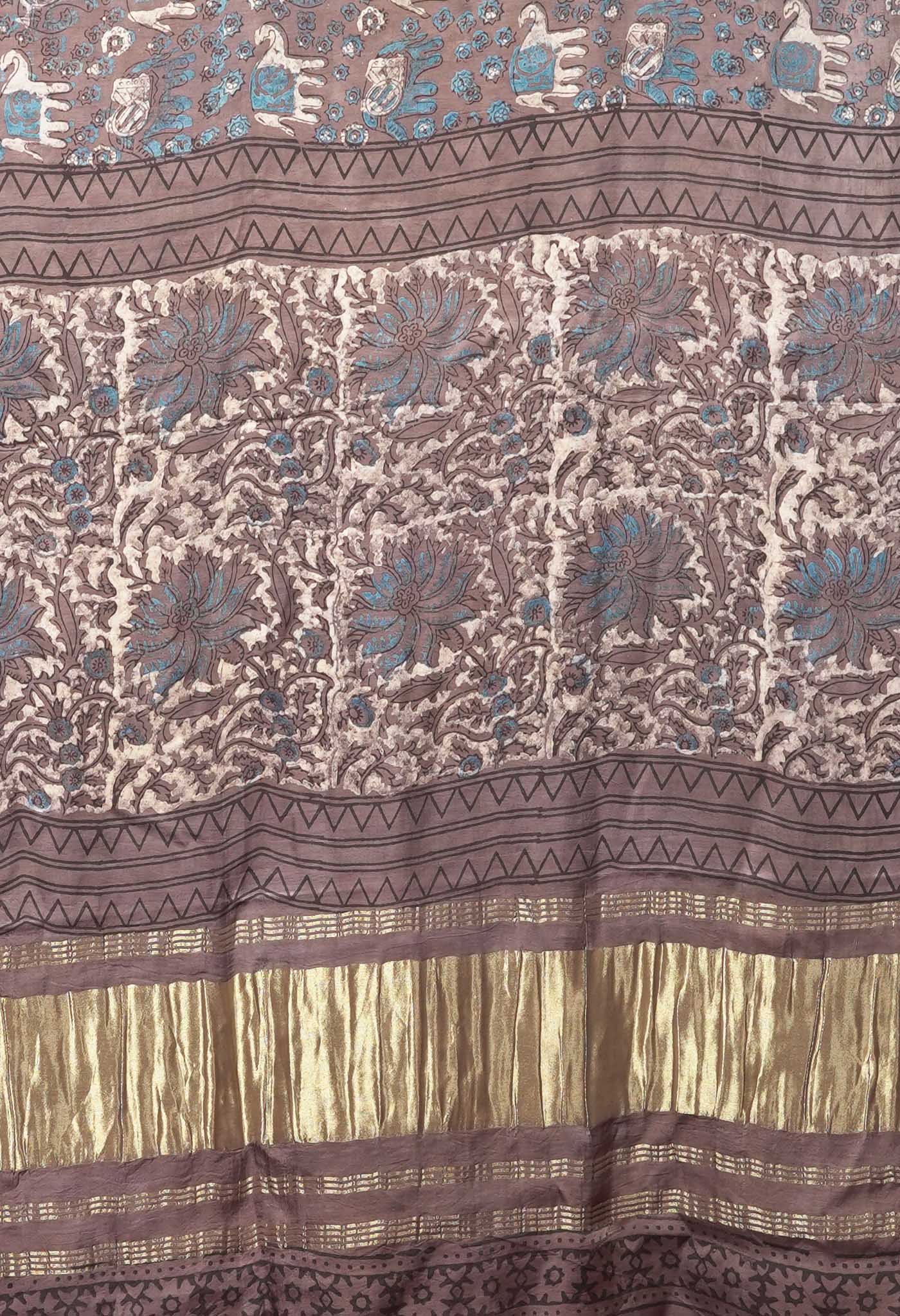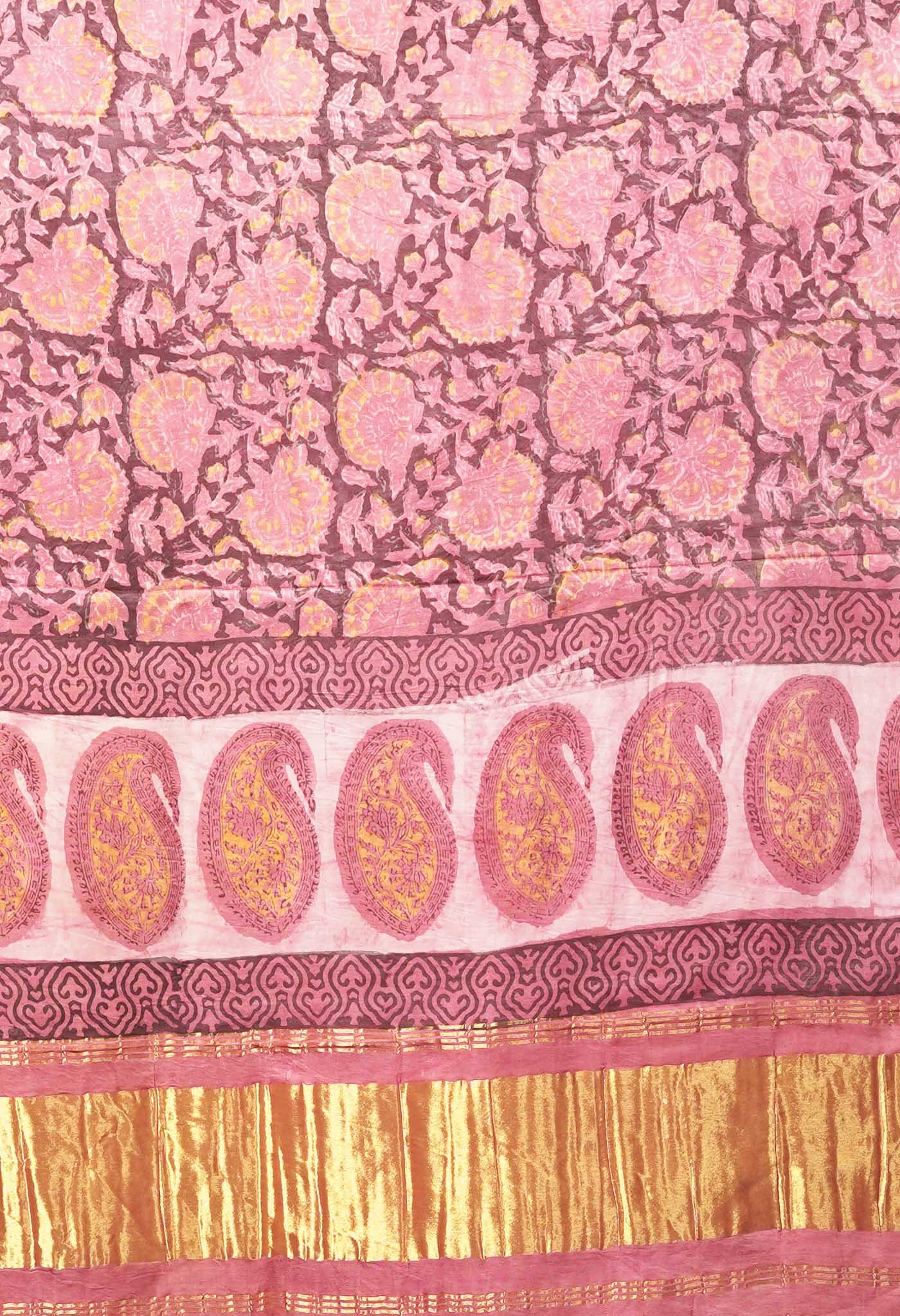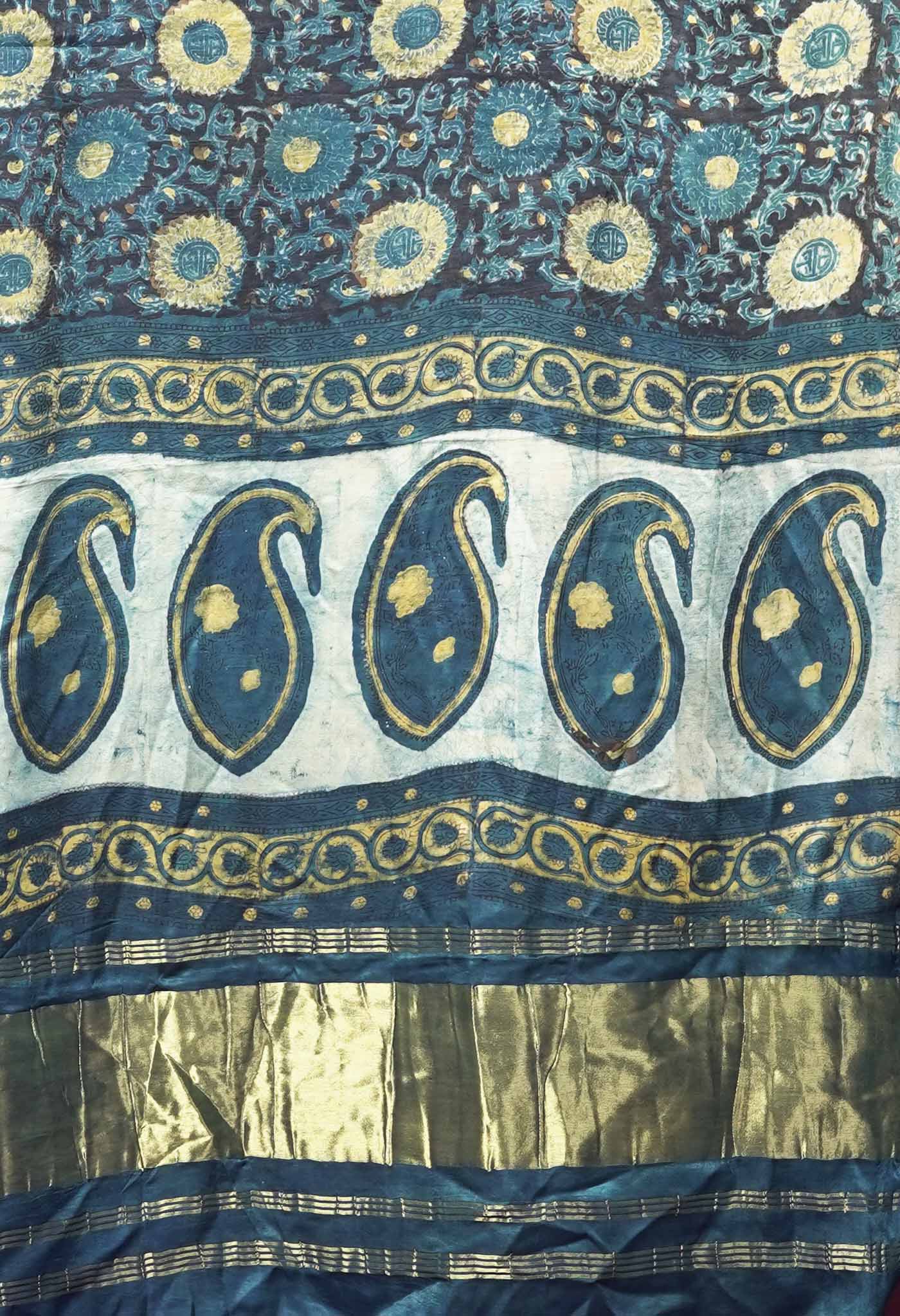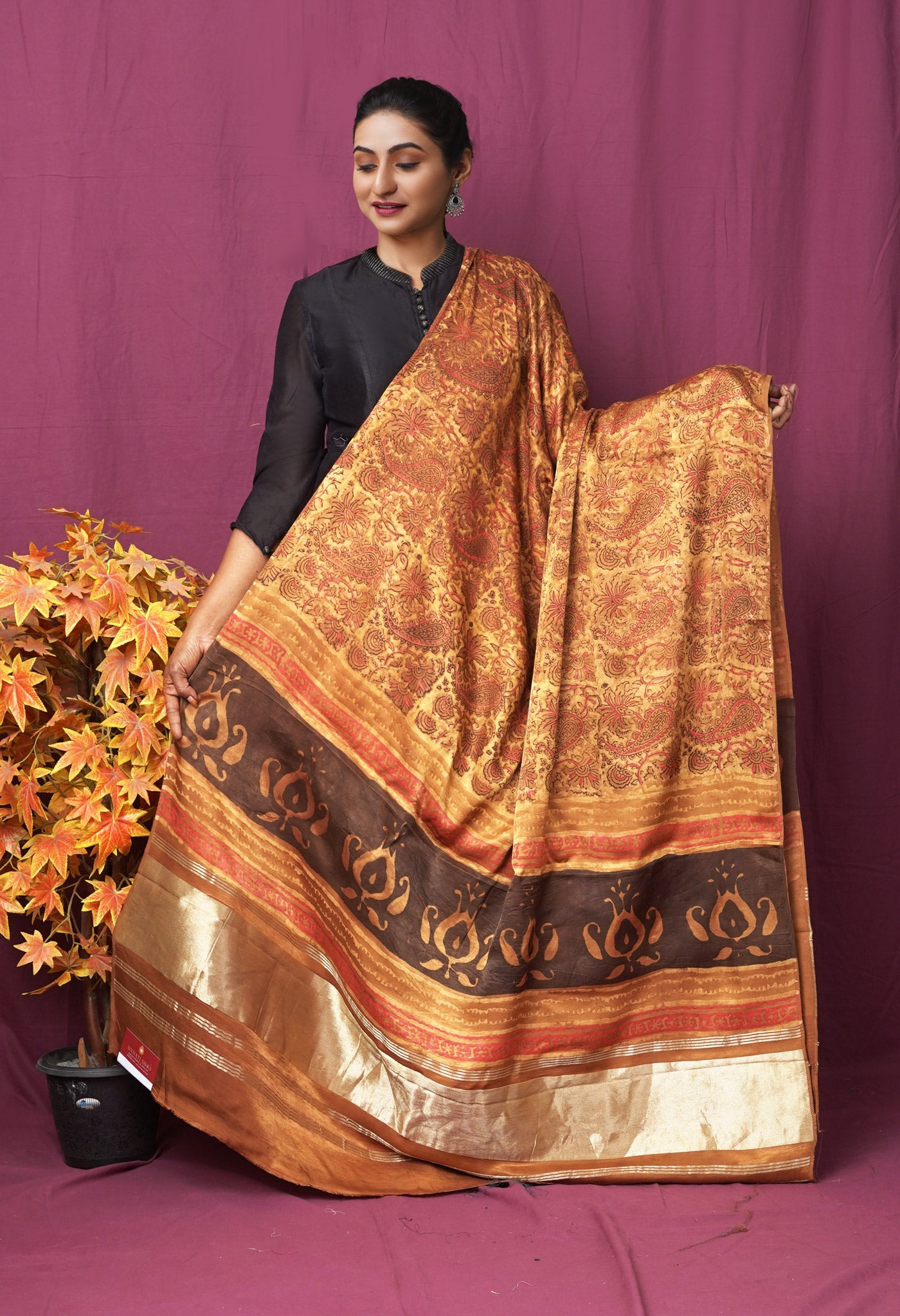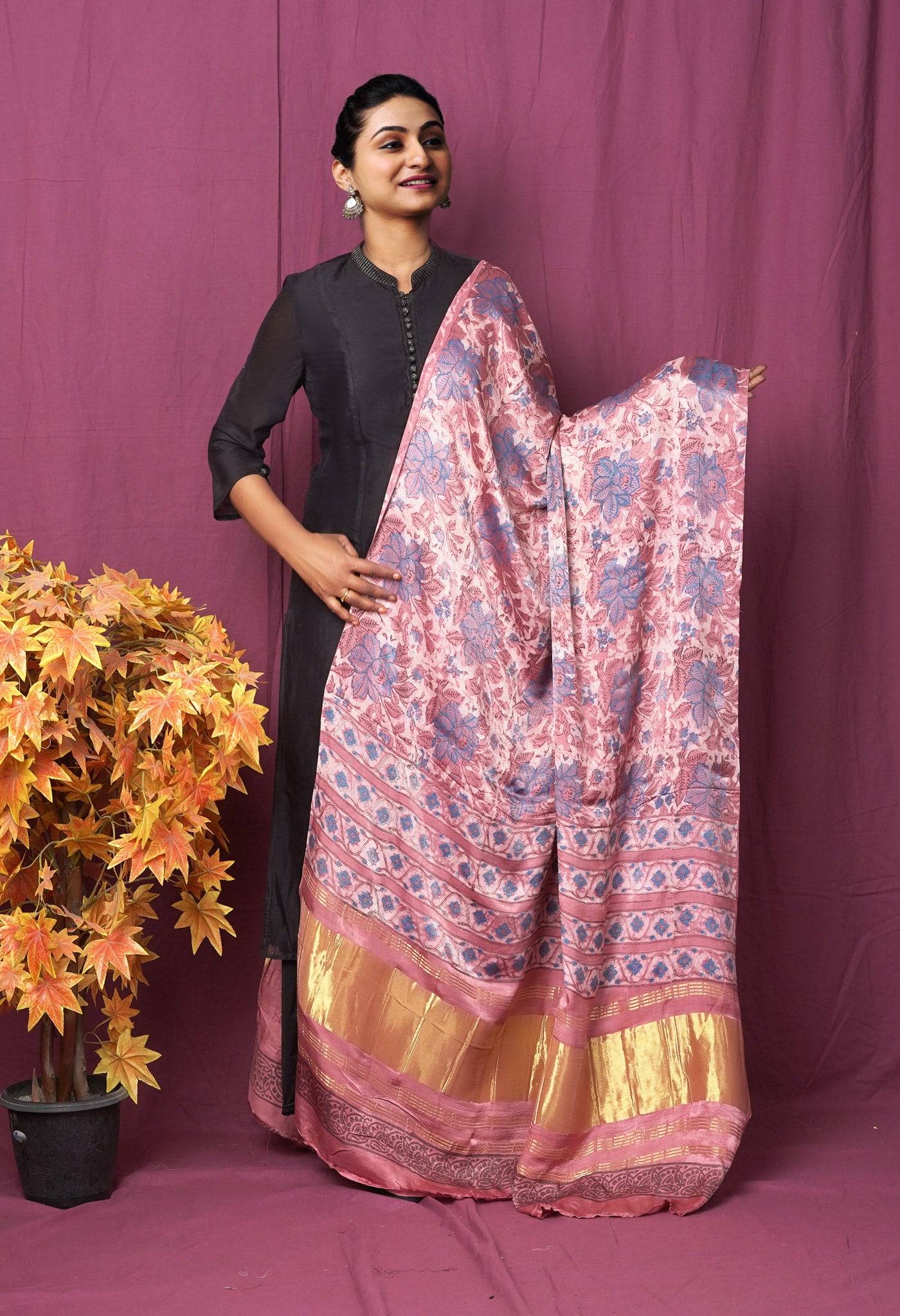
Dushhera – a celebration of Good over Evil

The many reasons why Dushhera is celebrated
- One of the prime reasons for the festivities is that Lord Rama defeated the evil ten-headed demon king Ravana on this day. Ravana had kidnapped his wife Goddess Sita by stealth and trickery and after many travails and a hard fought battle, Ravana was killed and Lord Rama and Goddess Sita were united once again. The subjects of Ayodhya welcomed Rama, Sita and Lakshmana in the capital by lighting up thousands of lamps to welcome them. This came to be known as Diwali or the festival of lights and comes twenty days after the joyous celebration of Dushhera.
- Goddess Durga representing virtue or the Power (Shakti), the cumulative of forces of the Gods vanquished the evil force
 Mahishasura, the demon king who had wreaked havoc on heaven and earth. Dushhera is thus a symbolic celebration of the triumph of good over evil after the nine nights of waged battle.
Mahishasura, the demon king who had wreaked havoc on heaven and earth. Dushhera is thus a symbolic celebration of the triumph of good over evil after the nine nights of waged battle. - In India and Nepal, the Mother Goddess or Durga is invoked for a fertile crop and fruitful harvest. So rituals and religious observances mark this period of invoking the Goddess when many offerings are also made to please her.
- Daksha, Lord of the Earth and Prasuti had a daughter Sati, who worshipped Lord Shiva and also saw him as her husband. Pleased with her devotion, Lord Shiva married her despite the reluctance of Daksha. On an occasion when a yagna was planned by Daksha, he invited everybody exceot Lord Shiva. Not able to bear the humiliation that she felt on her husband not being invited, she immolated herself in the sacred fire. Lord Shiva enraged at this danced with her body on his shoulders and the world shuddered seing his wrath. Lord Narayana in an effort to calm him sent his discus that cut the body into several pieces that were flung far and wide. With the body no longer on his shoulders, Lord Shiva calmed down. The different pieces of Sati fell at Shakti Pithas at Kolkata, Gauhati and Vaishno Devi. Sati was re-born as Parvati and peace reigned. Every autumn, Goddess Parvati with Lord Ganesha, Lord Katikeyan and the two sakhis Jaya and Vijaya visit her parents and is one more reason for celebrating Durga Puja.
- During the exile, in the one year period that they had to remain incognito, the Pandavas had hidden their weapons on the Shami trees that kept them safe from recognition. Once the danger had passed, the Pandavas recovered their weapons and fought the kauravas to emerge victorious. Every year during this auspicious period the leaves of the Shami tree are exchanged as a symbol of good will and victory and the Puja called Shami Puja is done.
- There are a few others also besides that make this period of Navaratri followed by Dushhera on the 10th day one of the most auspicious and religious periods for Hindus all over.
[/vc_column_text][vc_row_inner][vc_column_inner width="1/2"][vc_single_image image="10218" img_size="400*250"][/vc_column_inner][vc_column_inner width="1/2"][vc_column_text][youtube http://www.youtube.com/watch?v=aHAi94oU3jA?wmode=transparent&w=640&h=360][/vc_column_text][/vc_column_inner][/vc_row_inner][vc_column_text]
How Dushhera is observed across India (in brief)
- In most of the Northern part of India, it is an age-old tradition to plant barley seeds in earthen pots on the first day of Navaratri. On Dushera the nine-day sprouts, used as symbols of luck by men folk are placed behind their ears or in their caps.
- In Northern Indian states and especially Delhi, the huge effigy of Ravan is publicly set on fire on the famous Ram Lila Ground. This can also be seen in Goa and one or two other places in India. Uttarakhand especially the Kumaon region commence the celebrations with the performances of Ram Lila.
- Kullu Dushhera of Himachal Pradesh is a festival spread over seven days starting Vijayadashmi or Dushhera.
-
 South India has several ways of making the occasion a grand affair. Goddess Chamundeshwari Devi is one of the forms of Goddess Durga and is worshipped with a lot of decoration in temples on this day all over
South India has several ways of making the occasion a grand affair. Goddess Chamundeshwari Devi is one of the forms of Goddess Durga and is worshipped with a lot of decoration in temples on this day all over  Karnataka. Gifts are exchanged, cultural programmes mark the occasion. It is also known as Golu from the start of Navaratri till Dushhera in Andhra Pradesh, Karnataka, Kerala, Tamil Nadu, Telangana. South Indian women have displays of beautifully decorated dolls in showcases and invite friends and relatives for a cultural get-together paying homage to the Goddess. Books that were placed in front of Goddess Saraswati on the seventh day of Navaratri for Puja are removed for use on Dushhera for use then on, a blessing for formal education. Workers would have kept their tools similarly for puja.
Karnataka. Gifts are exchanged, cultural programmes mark the occasion. It is also known as Golu from the start of Navaratri till Dushhera in Andhra Pradesh, Karnataka, Kerala, Tamil Nadu, Telangana. South Indian women have displays of beautifully decorated dolls in showcases and invite friends and relatives for a cultural get-together paying homage to the Goddess. Books that were placed in front of Goddess Saraswati on the seventh day of Navaratri for Puja are removed for use on Dushhera for use then on, a blessing for formal education. Workers would have kept their tools similarly for puja. - In Maharashtra, leaves of the auspicious Apta tree wishing luck and prosperity in the future are exchanged. The deities installed on the first day of Navaratri are immersed in a water source on Dushhera. People visit each others’ homes.
- In Odisha the temples of Aui Shakti and Jagannath are visited and blessings taken. In Odisha and Bengal Goddess Durga is bid farewell after the Durga Puja on Dushhera when her idol is immersed in water.
Dushhera symbolically the victory of Good Over Evil and an auspicious end to a festive and religious air that begins with Navaratri, changes the complexion of people’s feelings all over India. It ushers in a period of joy and happiness, peace and harmony, hope and confidence in the hearts of millions who have experienced the blessed environment throughout the ten days. It further kindles a passion for starting things afresh, a journey into new environs, a churning of the self that will yield a new and more confident being.
[/vc_column_text][vc_gallery type="flexslider_slide" interval="3" images="10229,10228,10230" img_size="713*600"][vc_column_text]
Dushhera is a harbinger of good things to come in one’s life, a bugle call for preparing for the new, for the Festival of Lights or Diwali is just round the corner, twenty days away. It is an extended period of the just concluded days of observances and rituals, joy and celebration, to further elevate the mind and soul of Indian devotees across the world.
[/vc_column_text][/vc_column][/vc_row]

